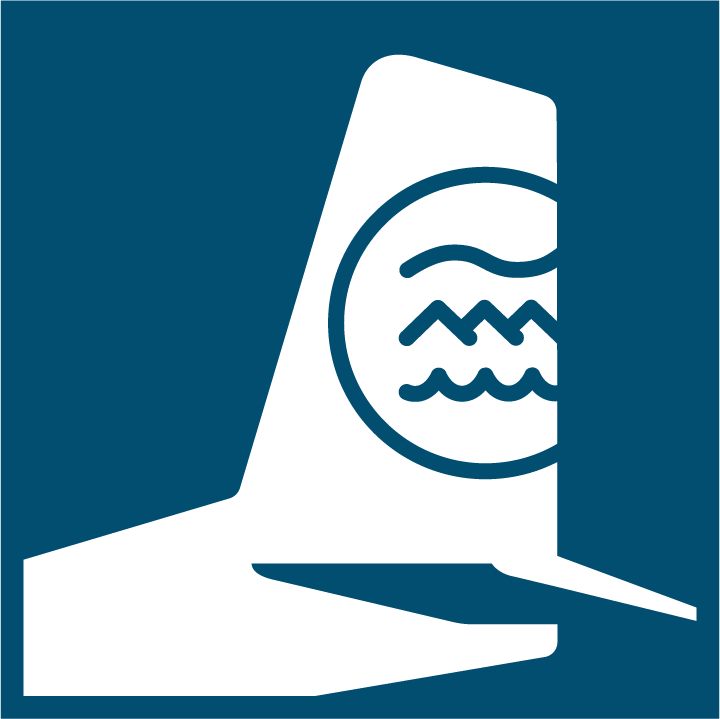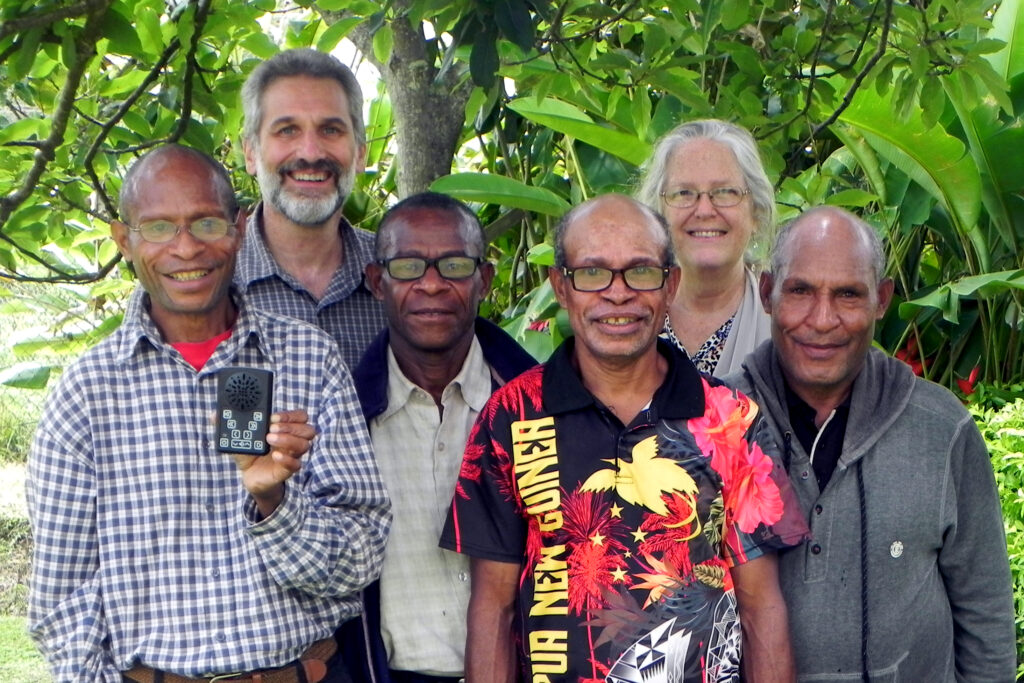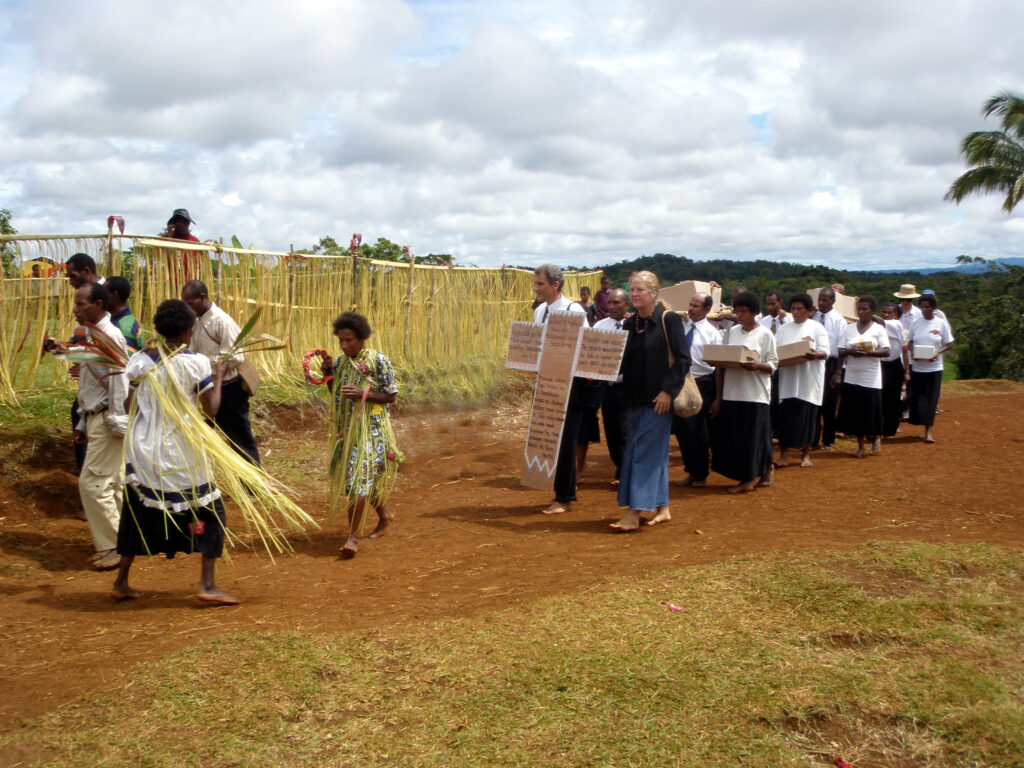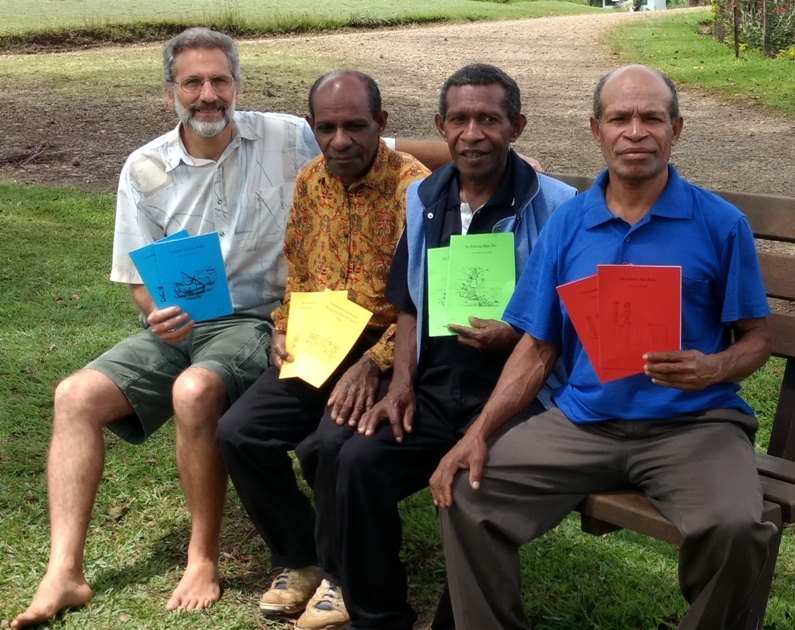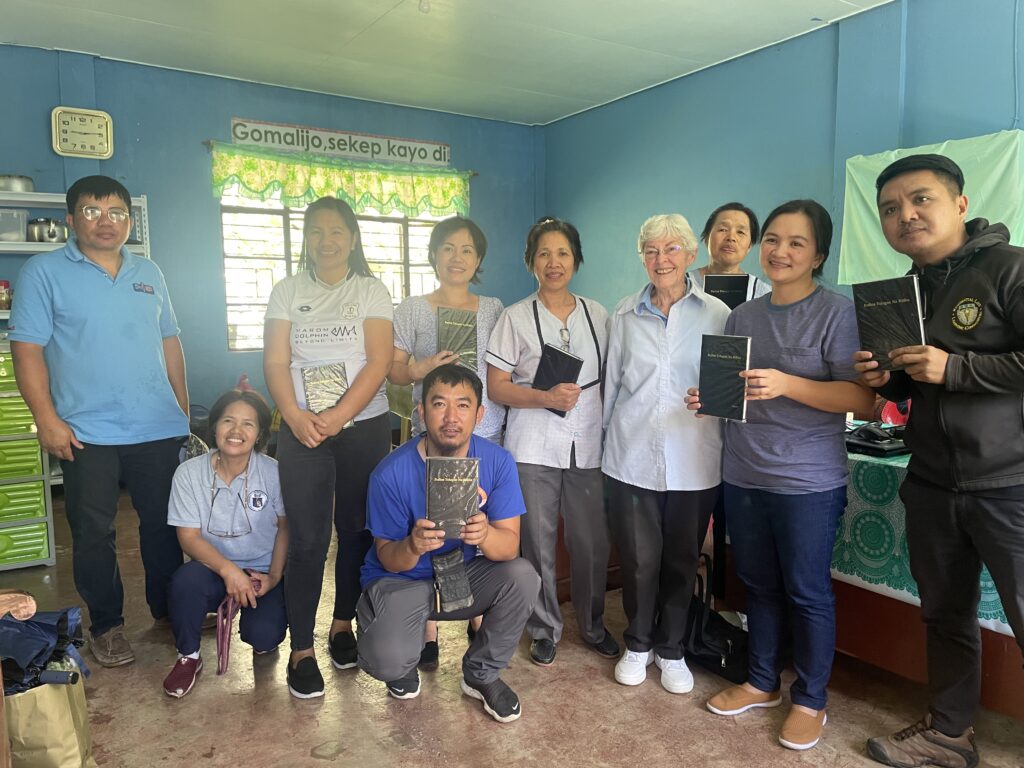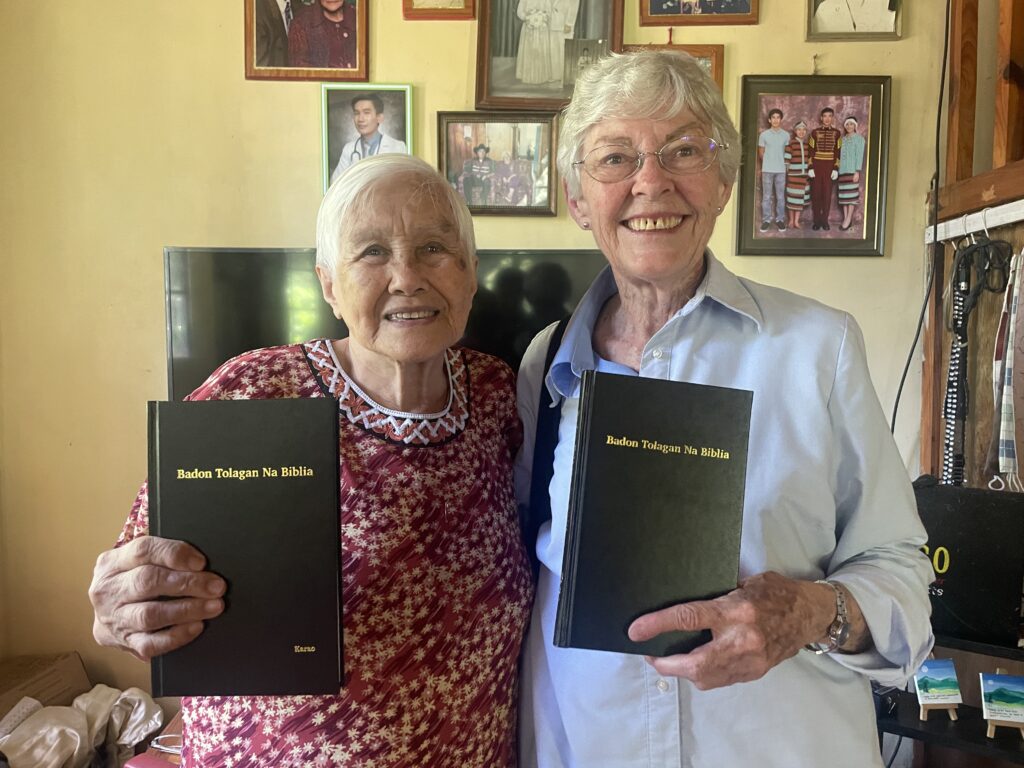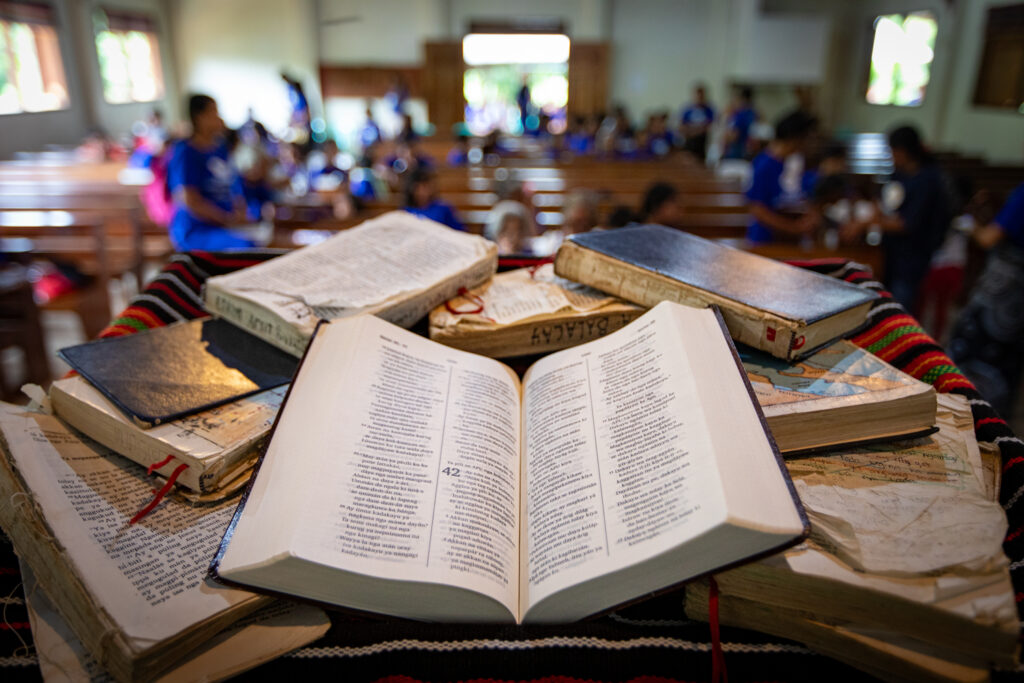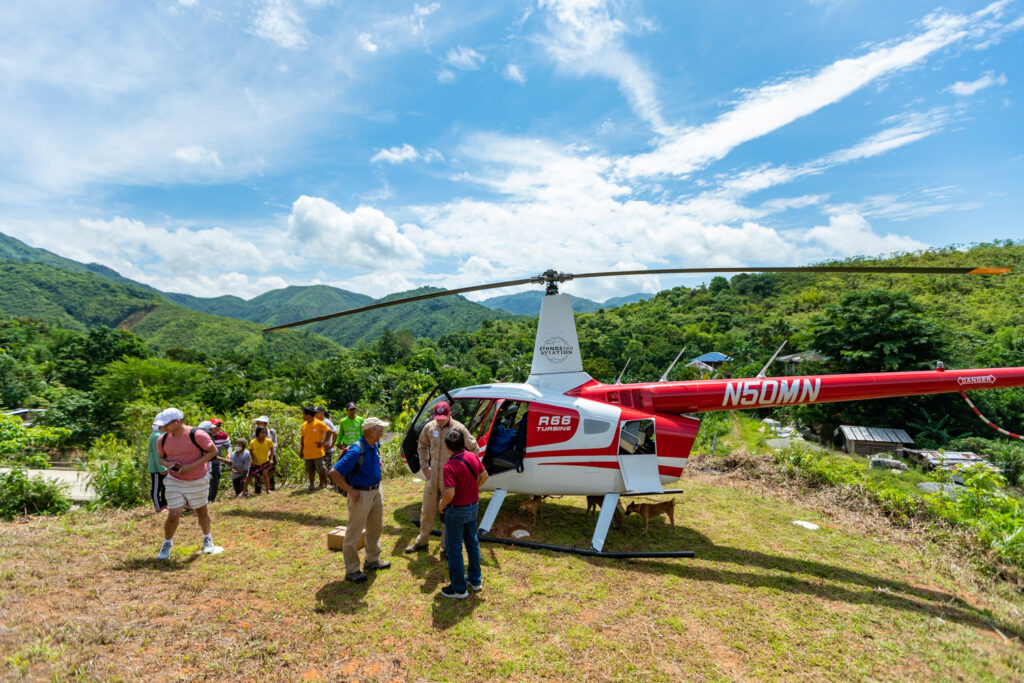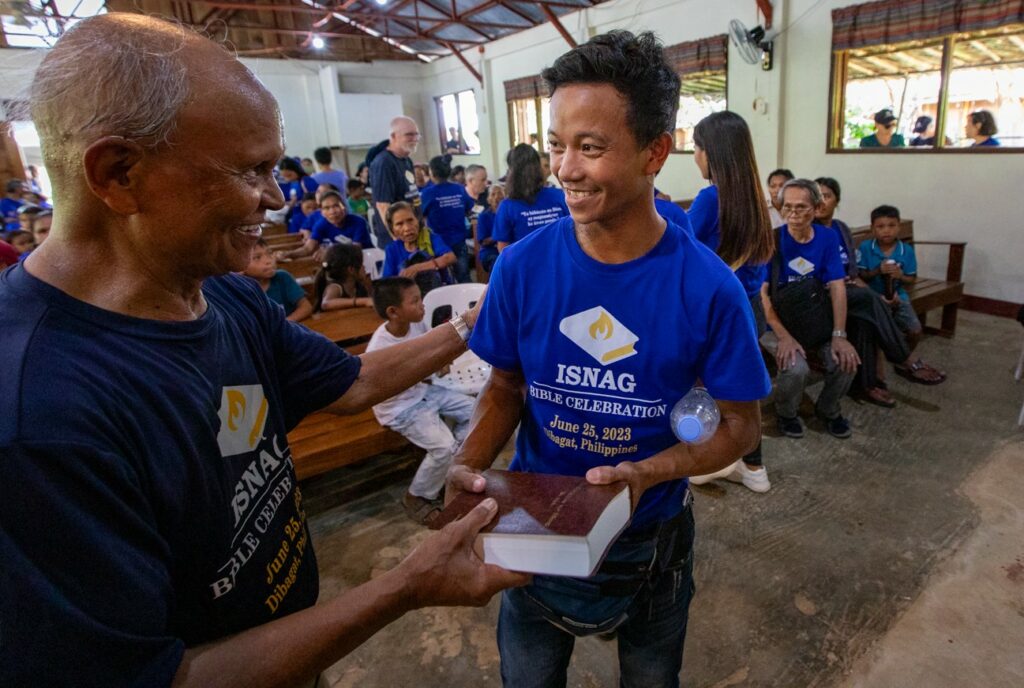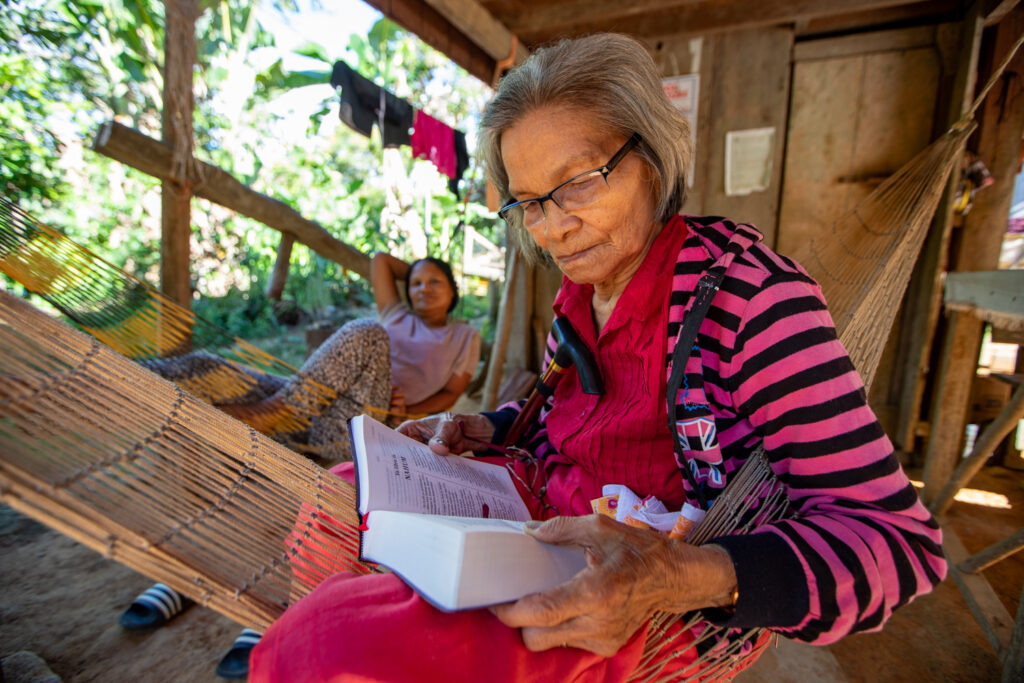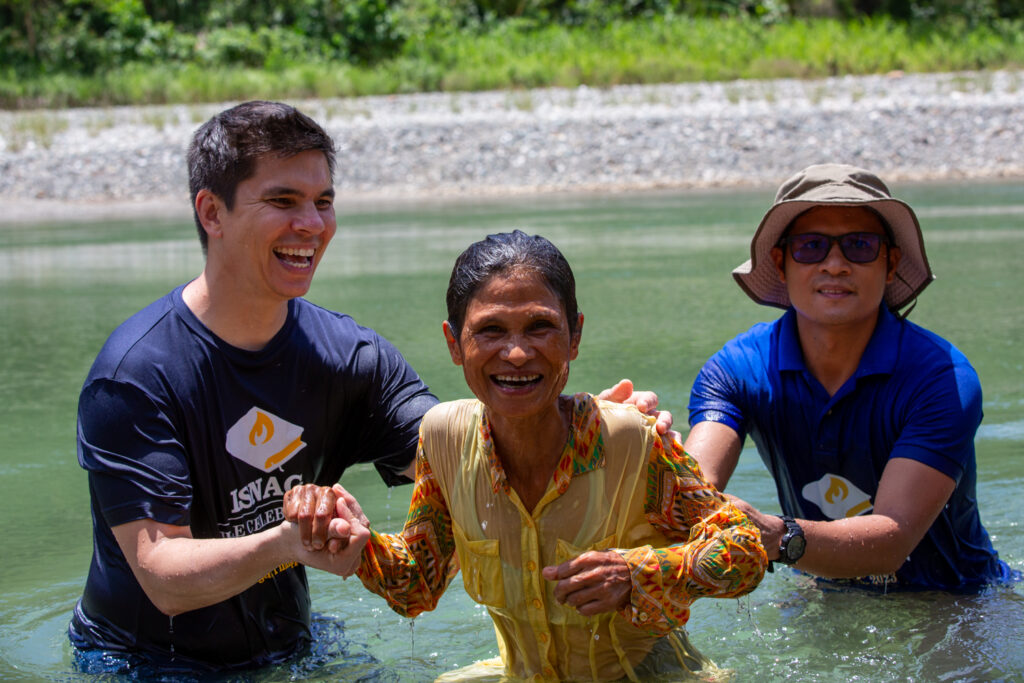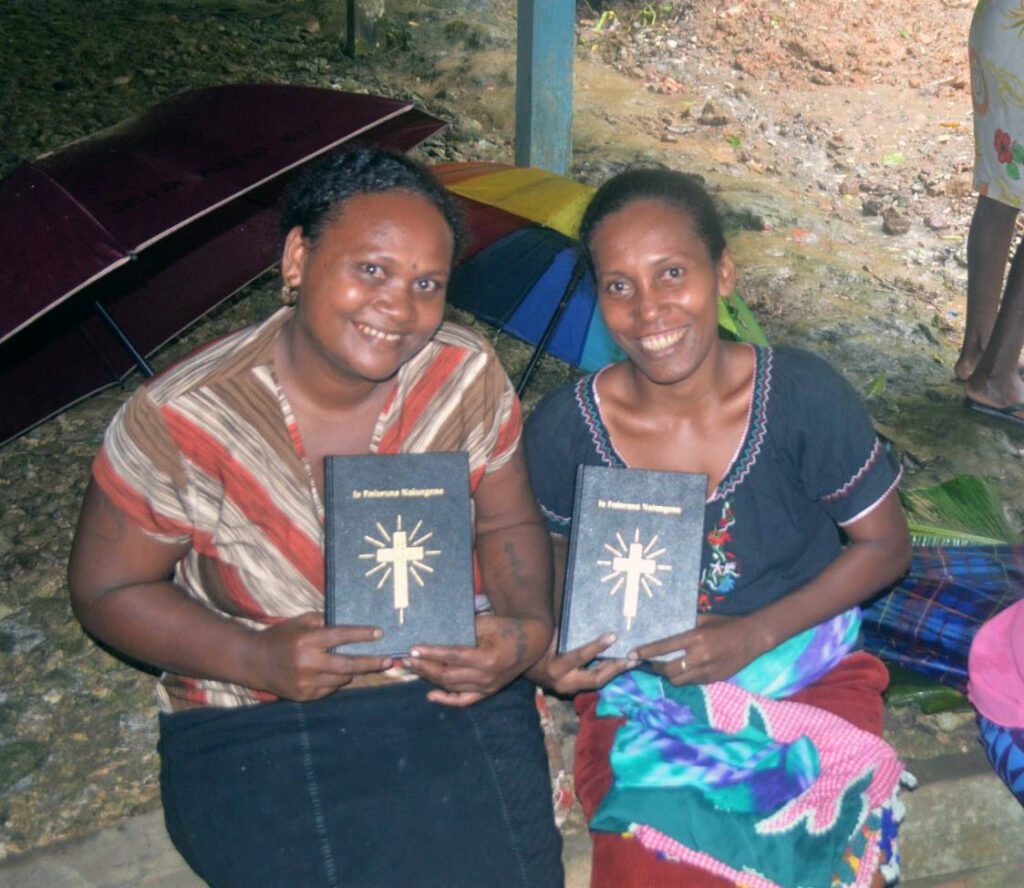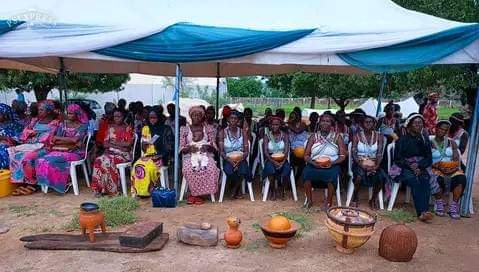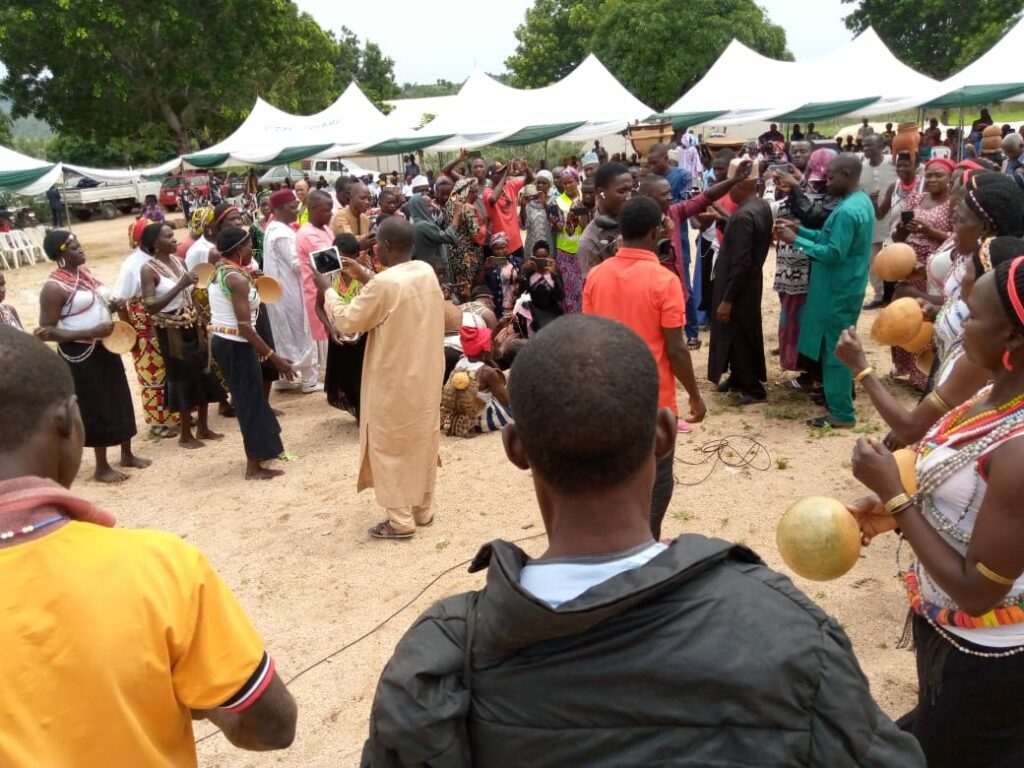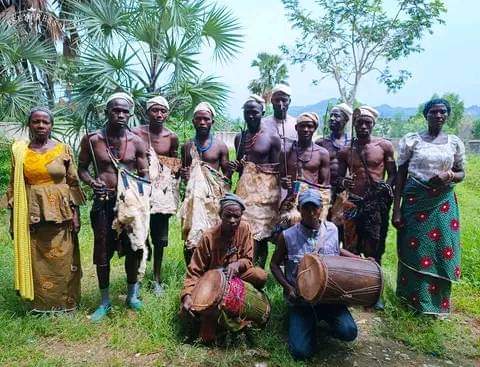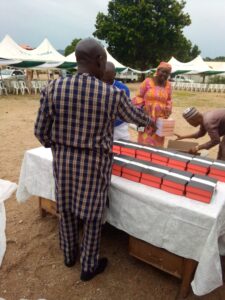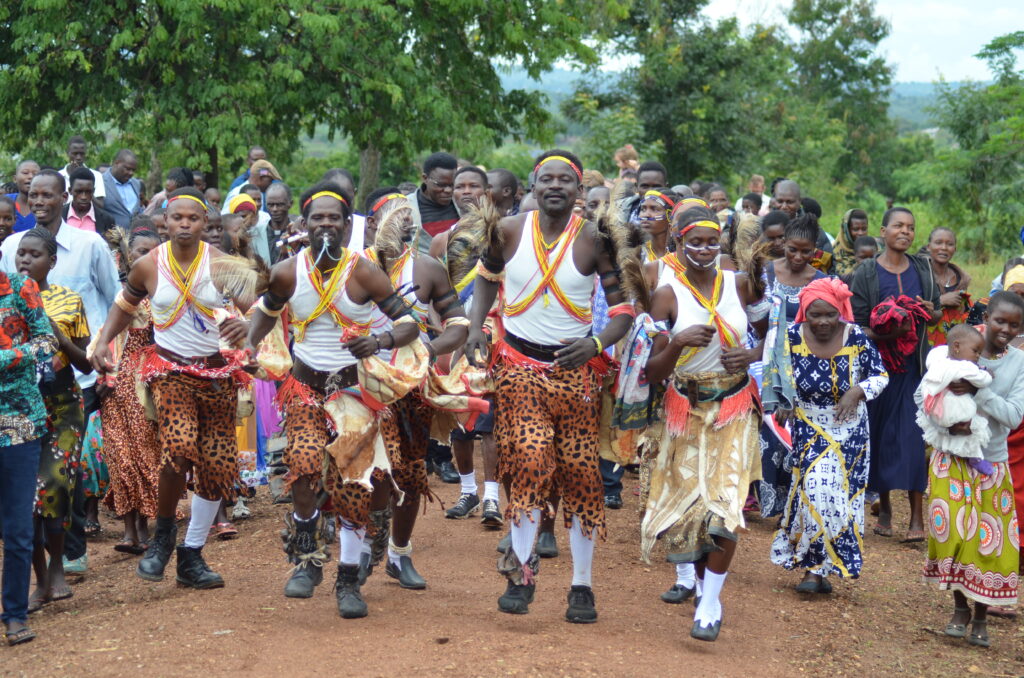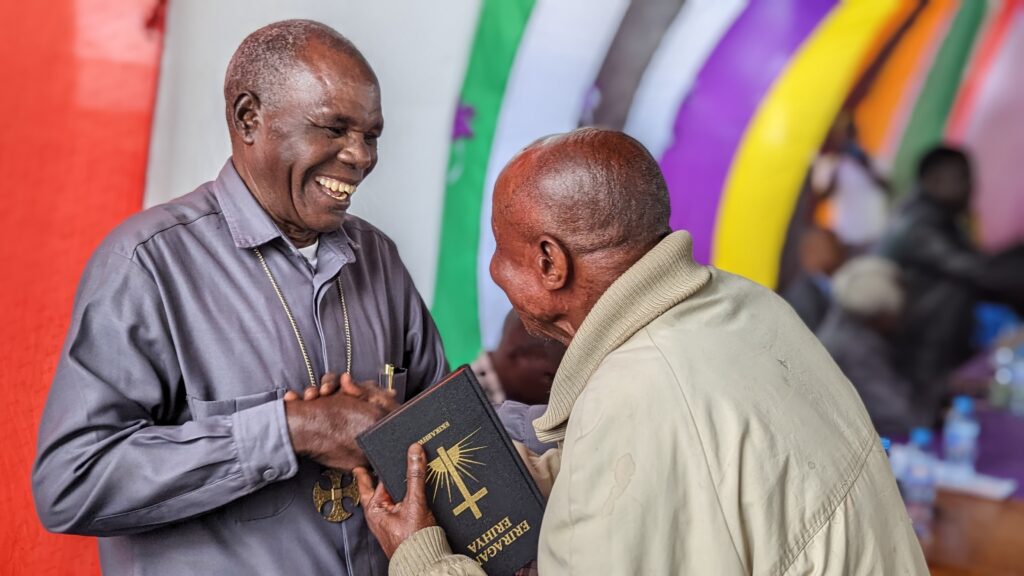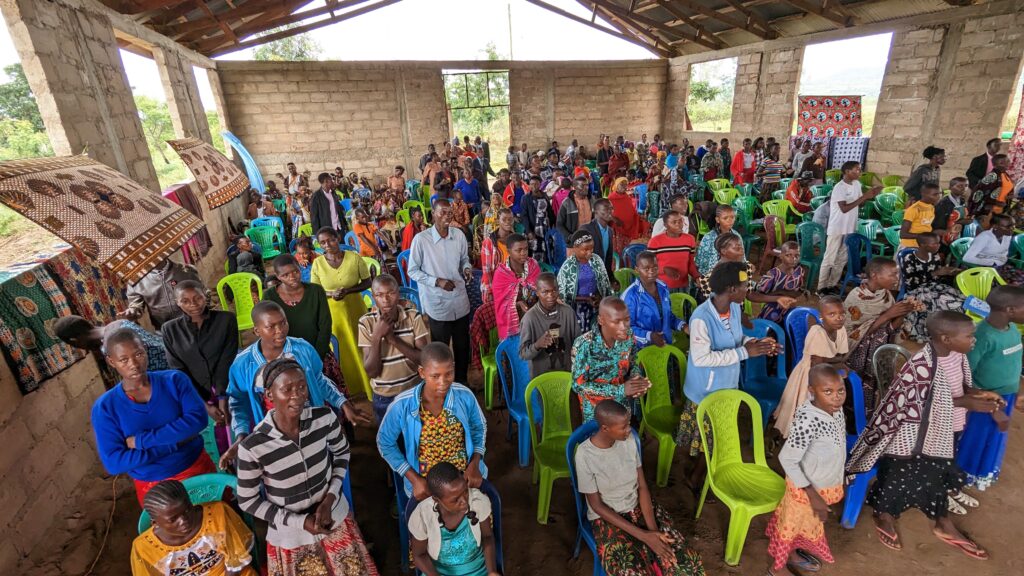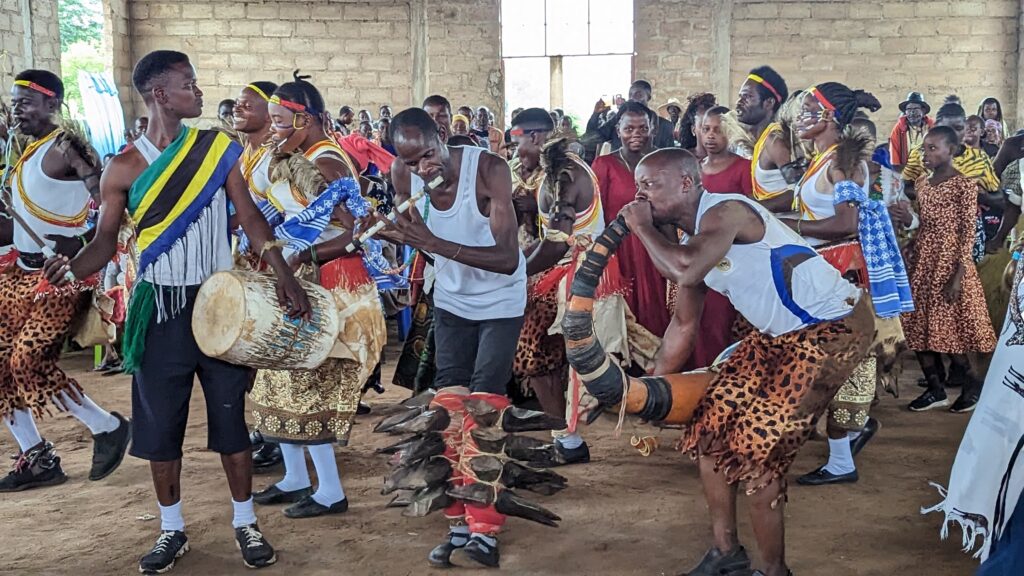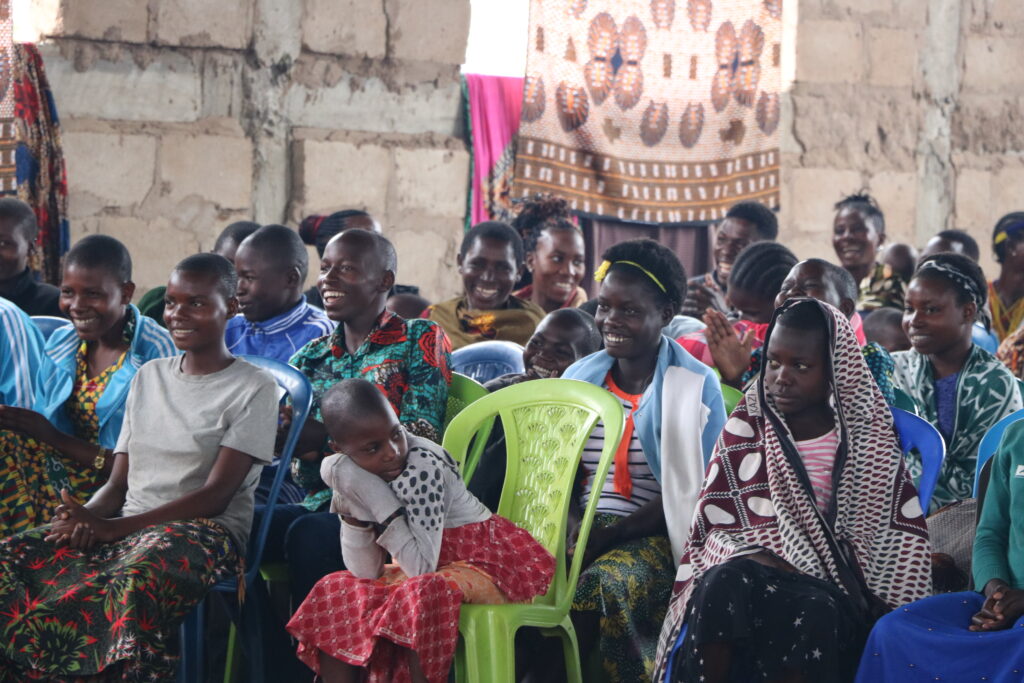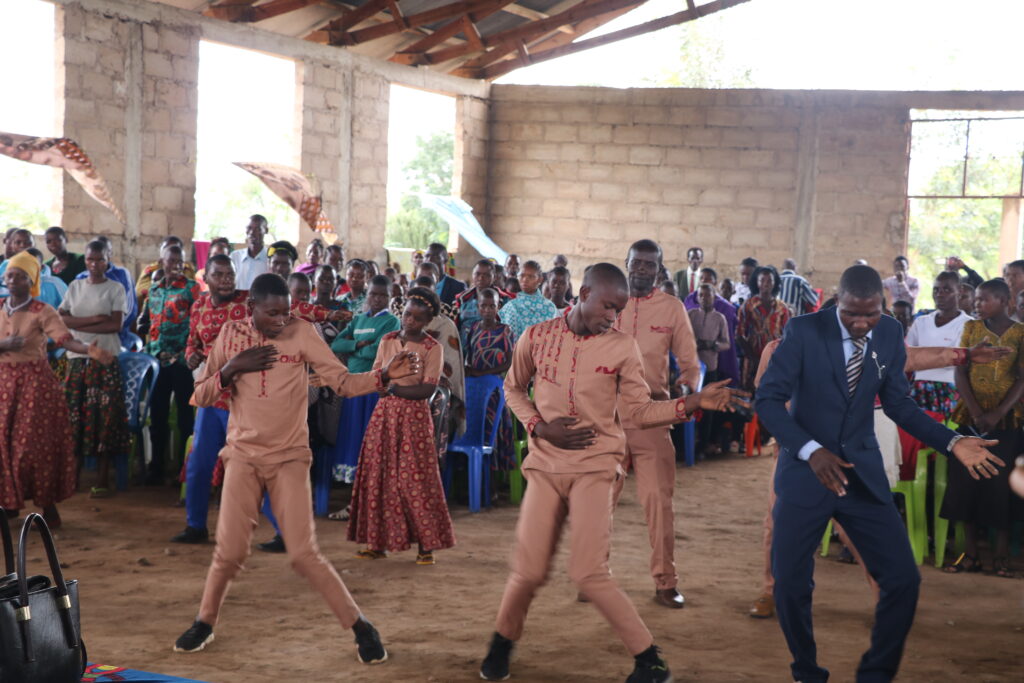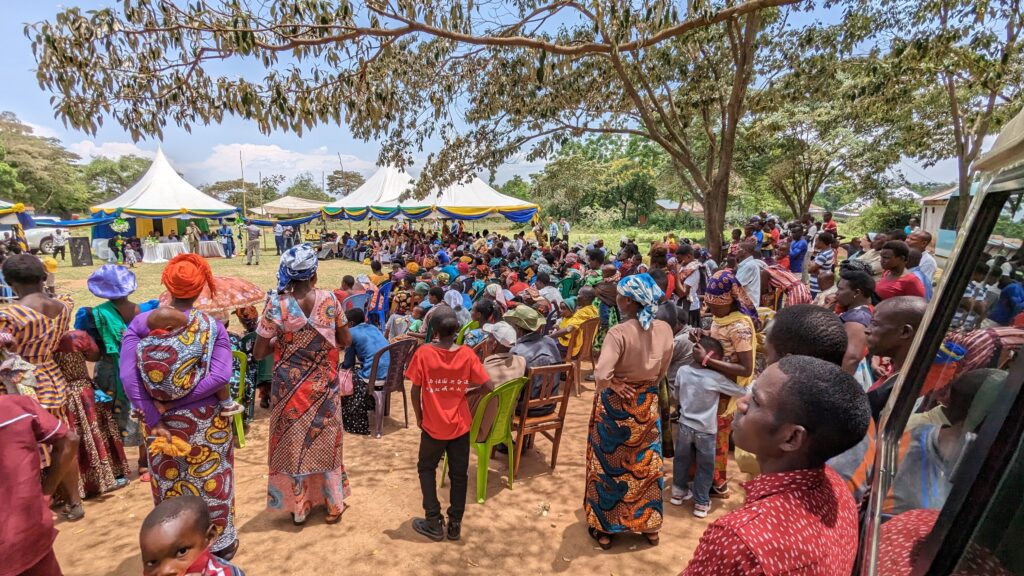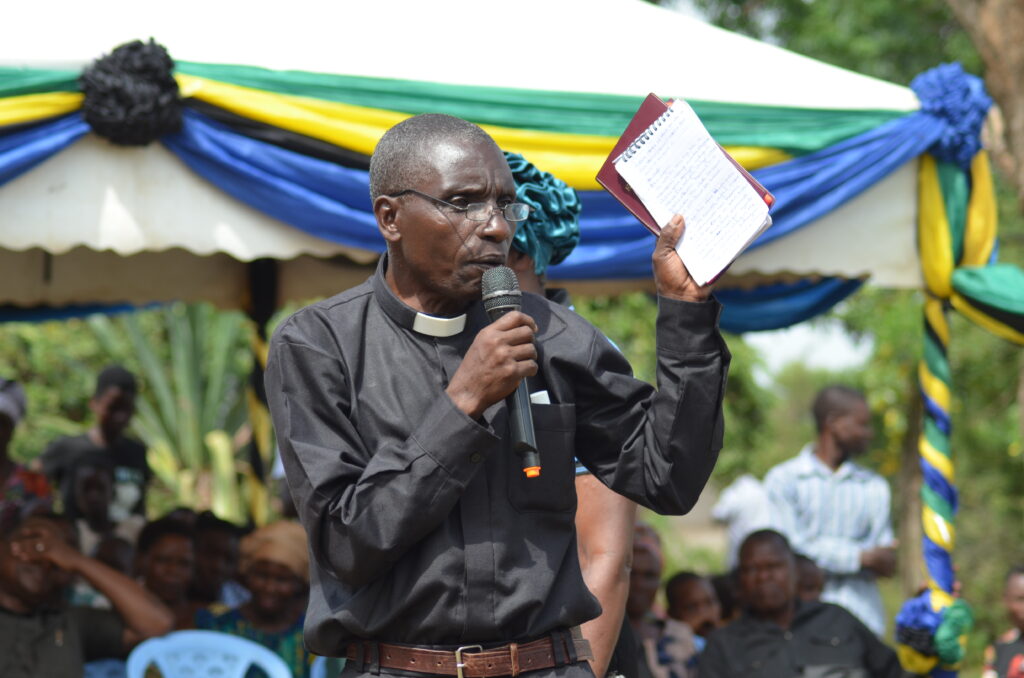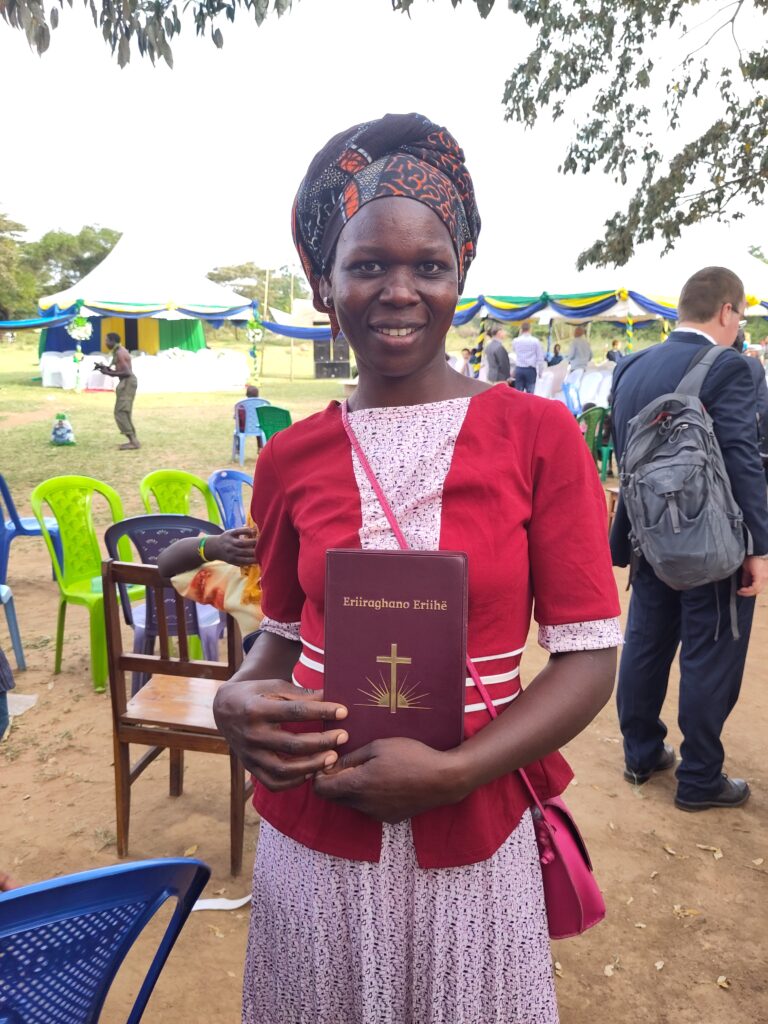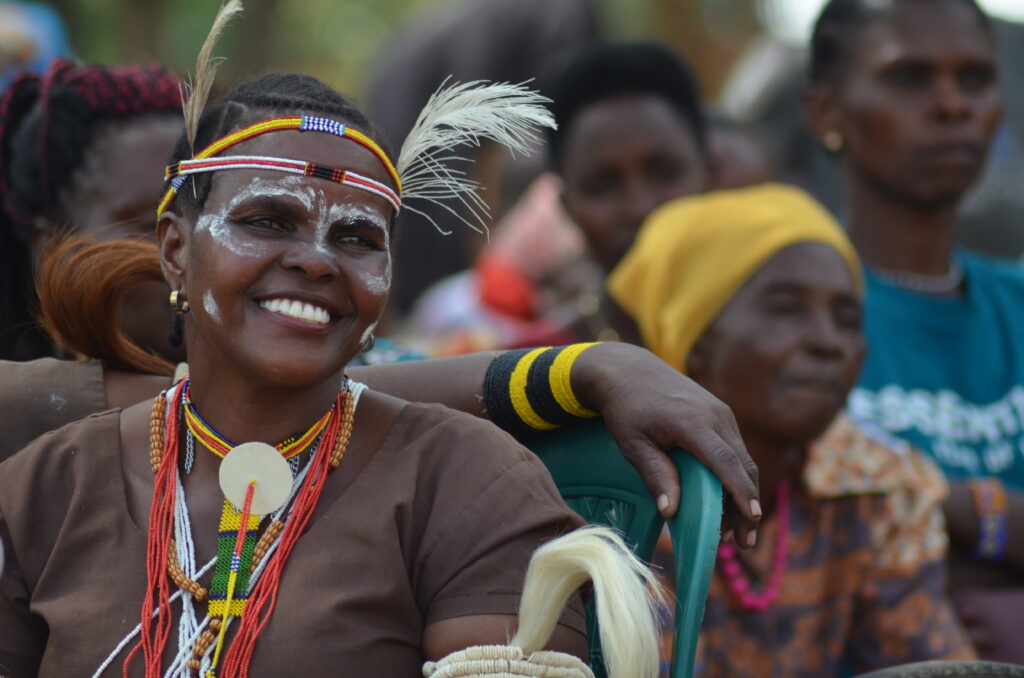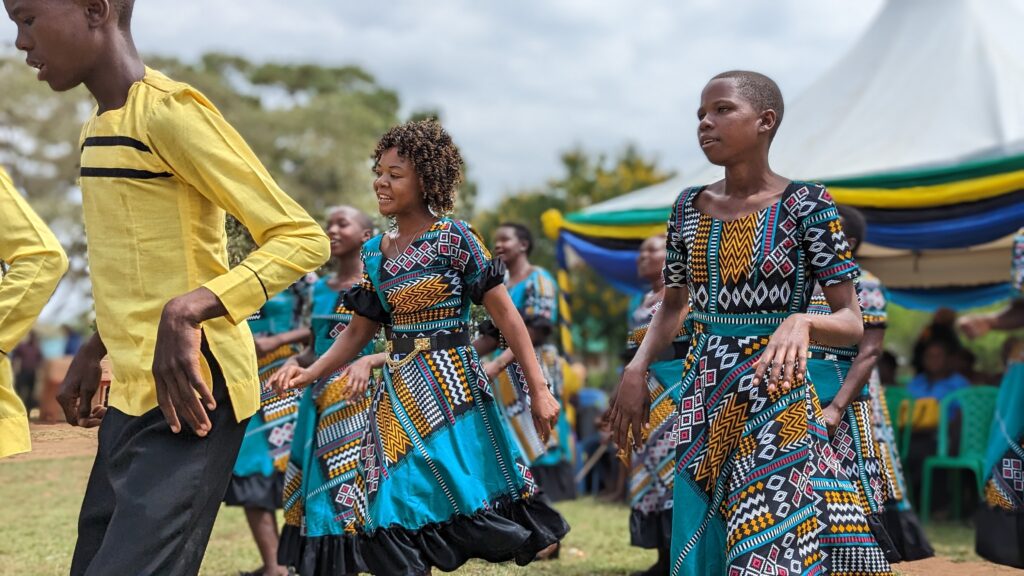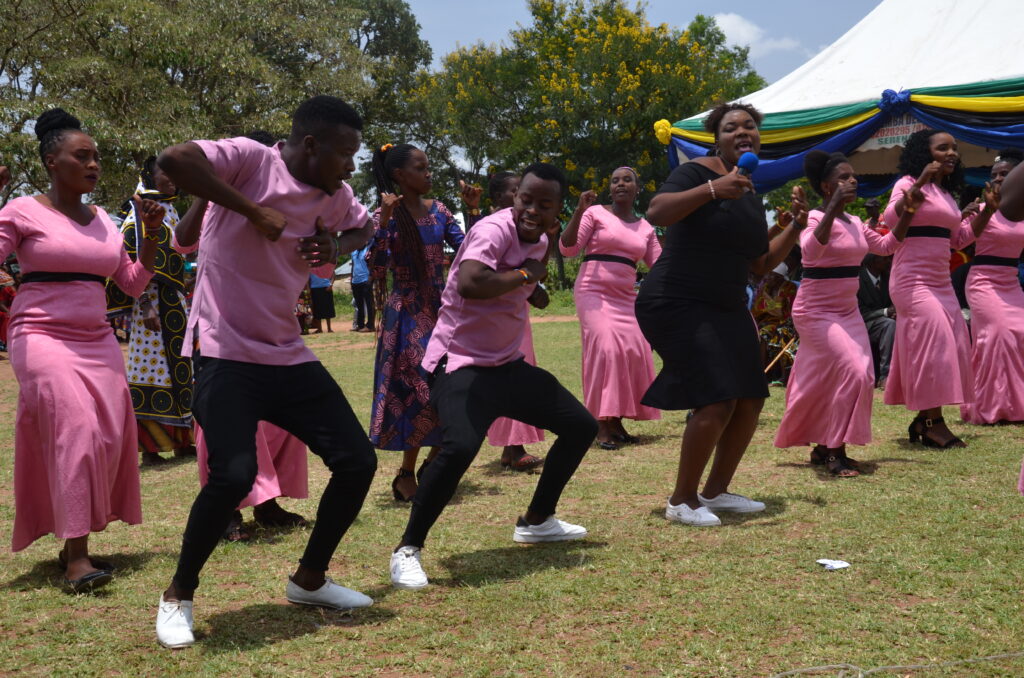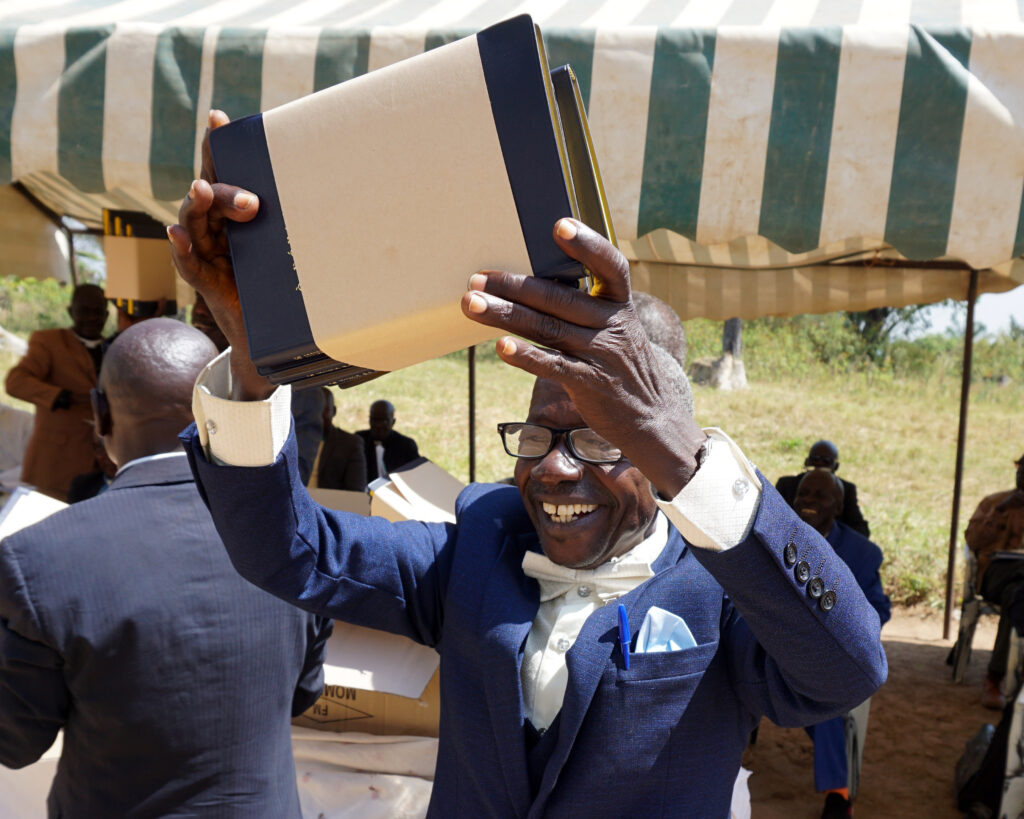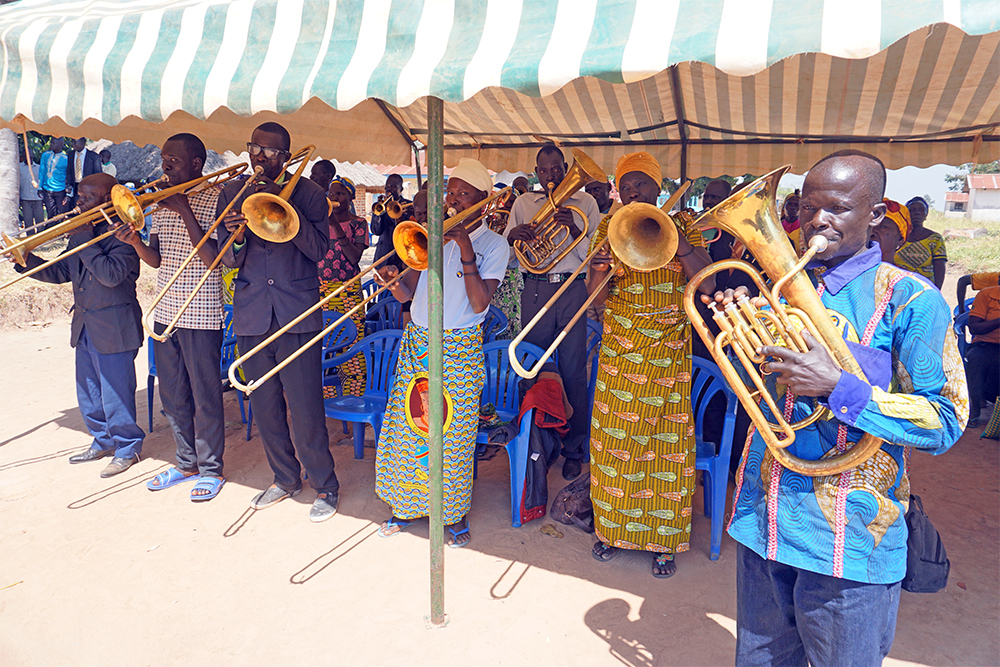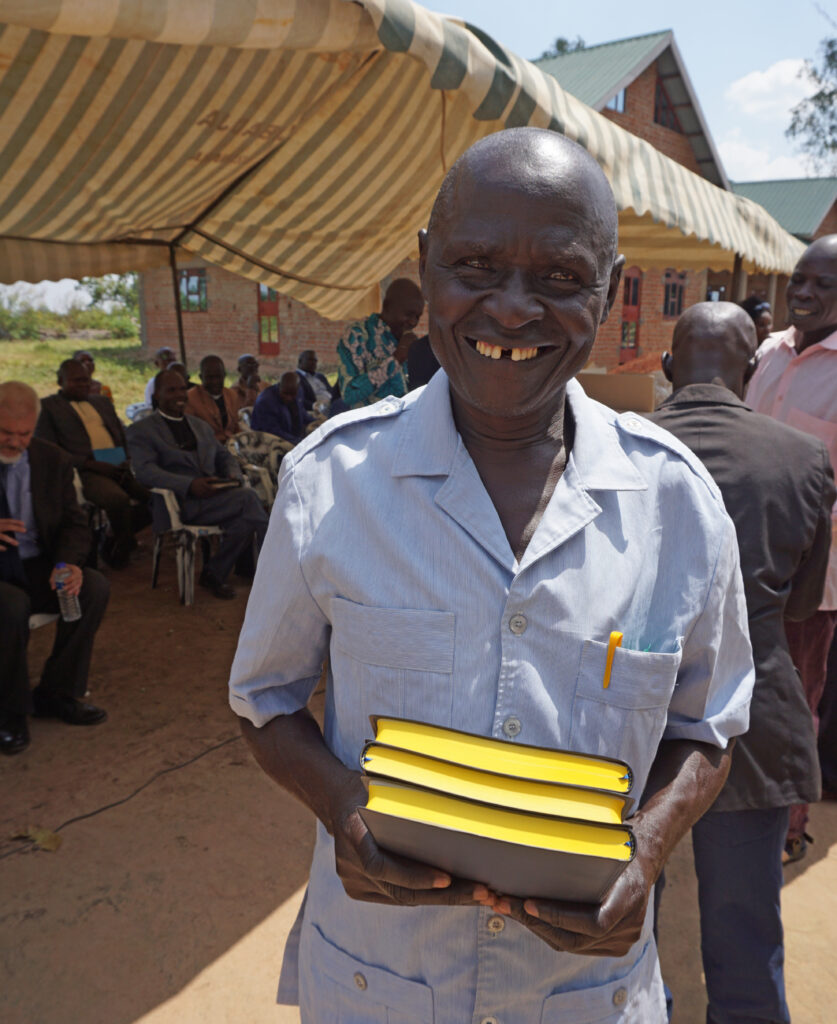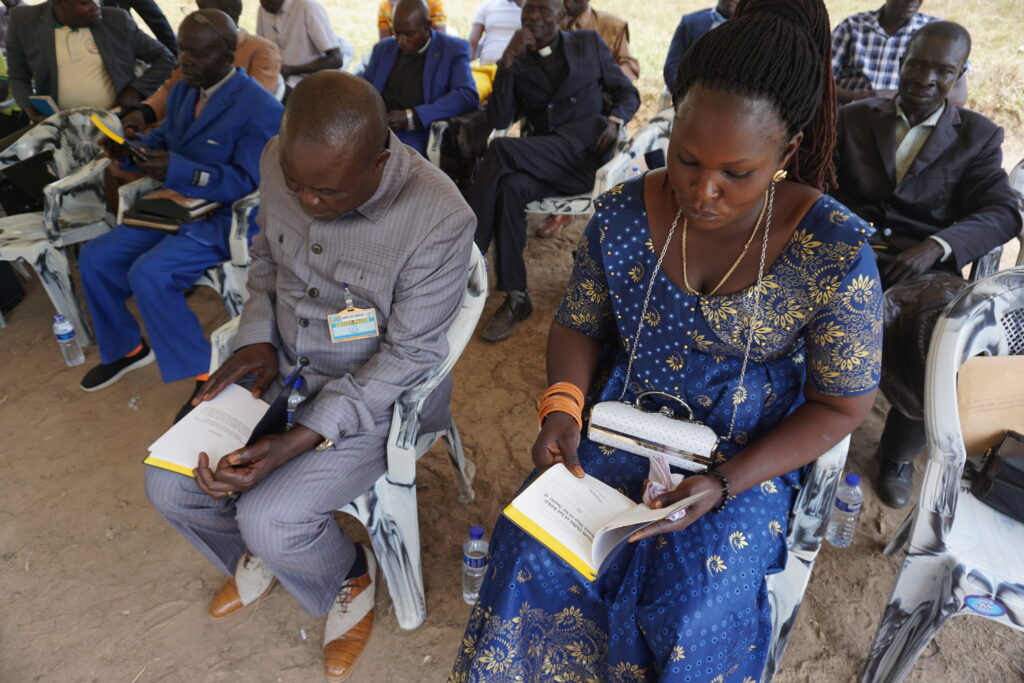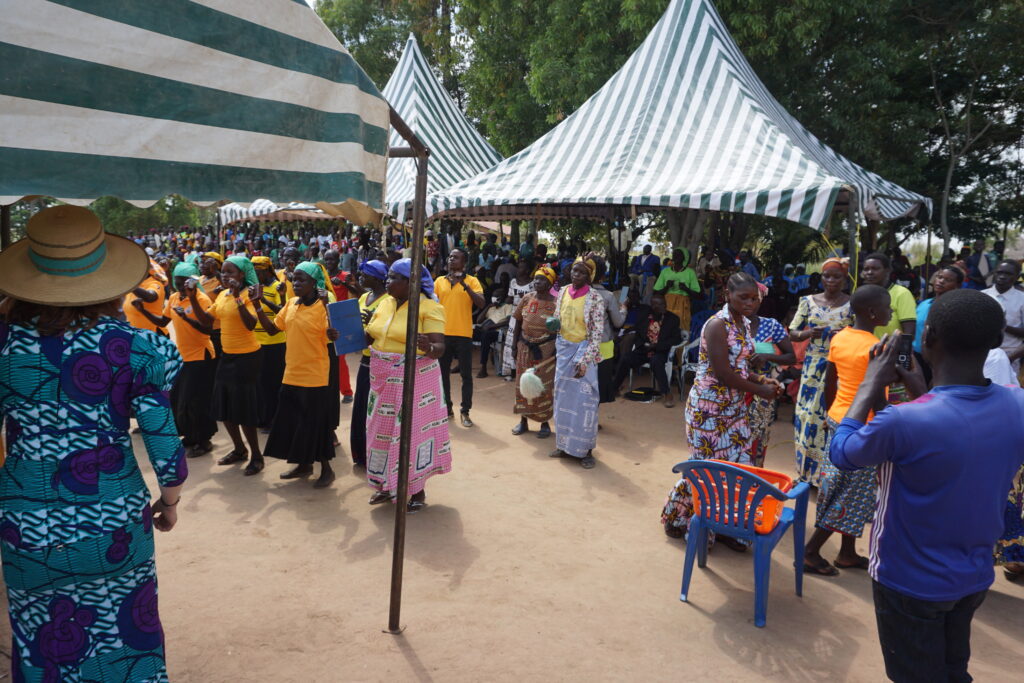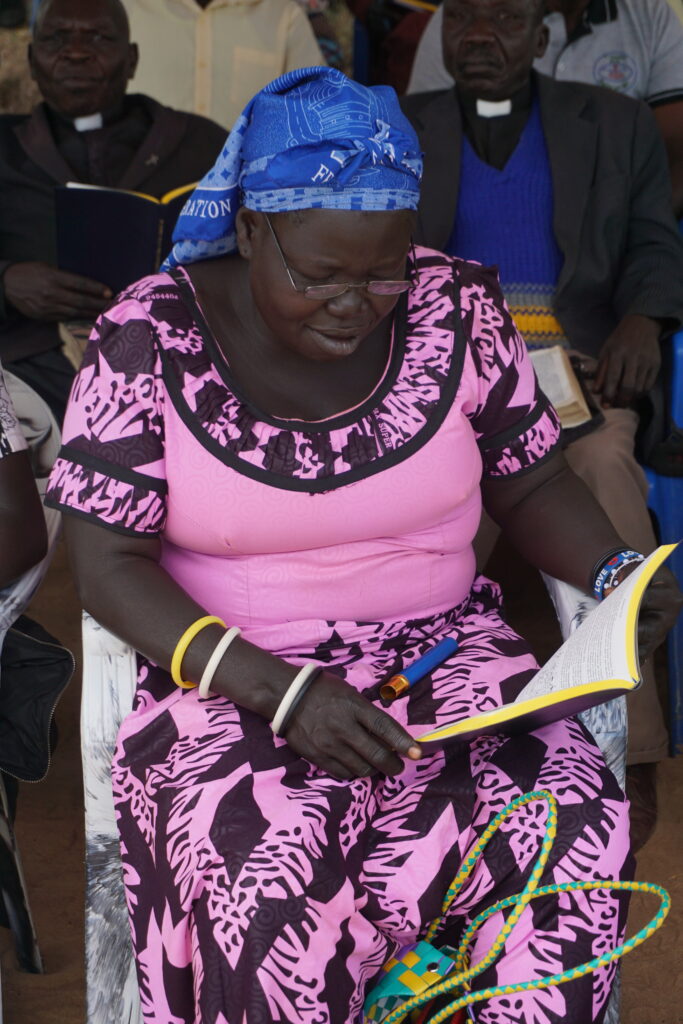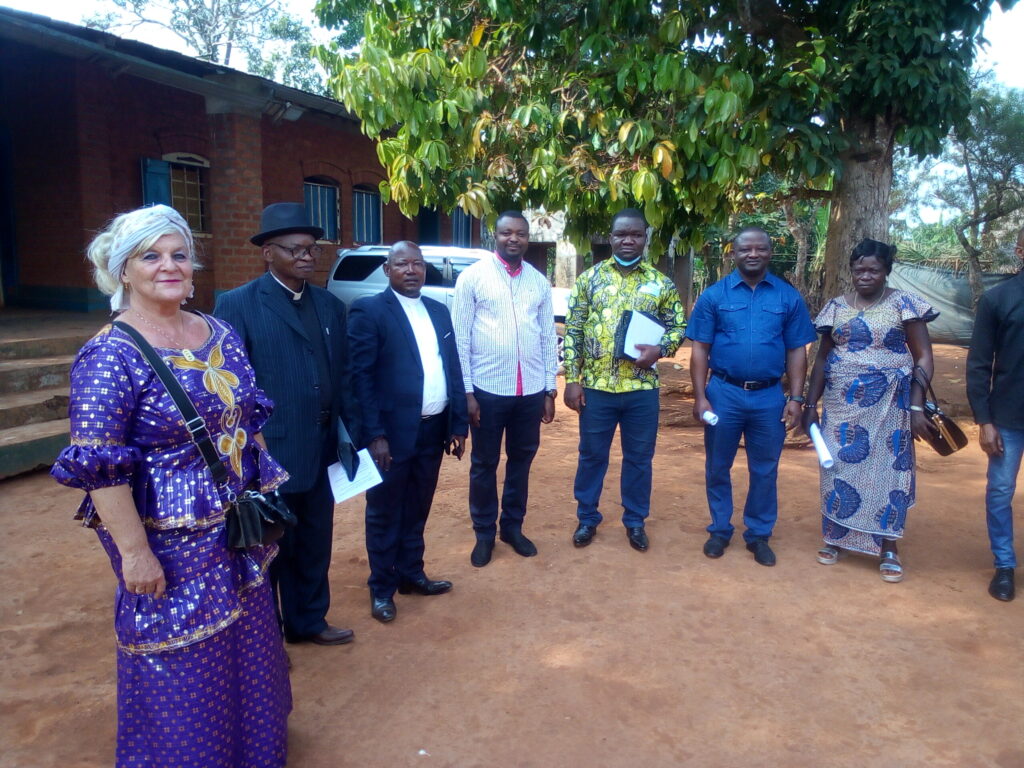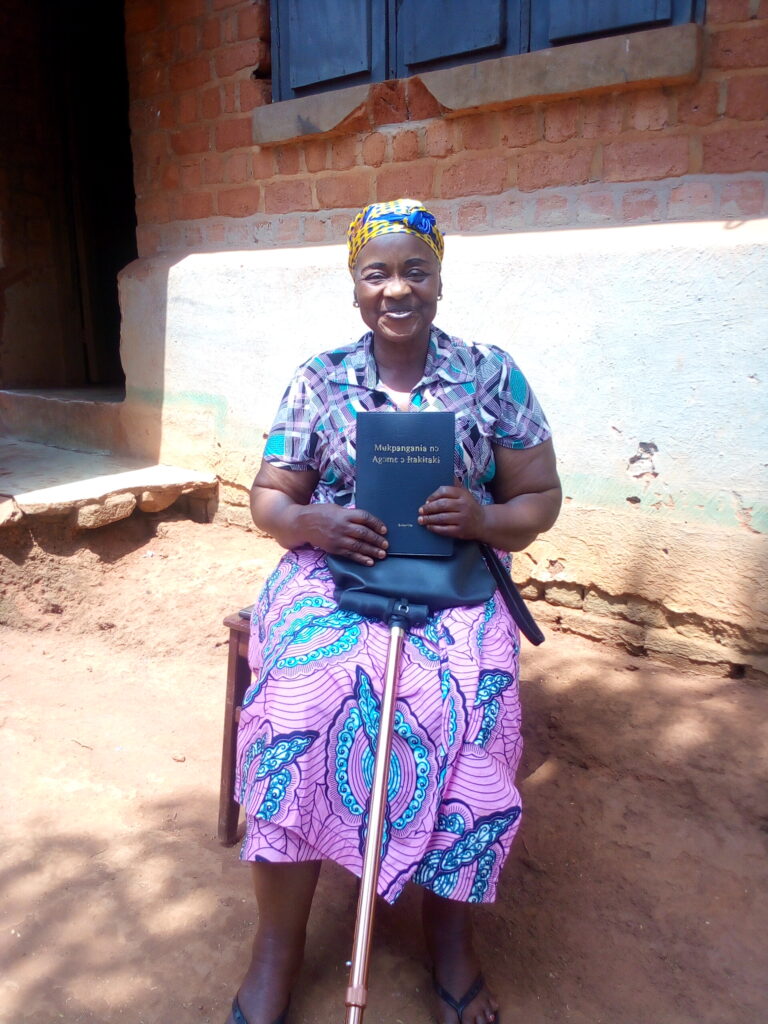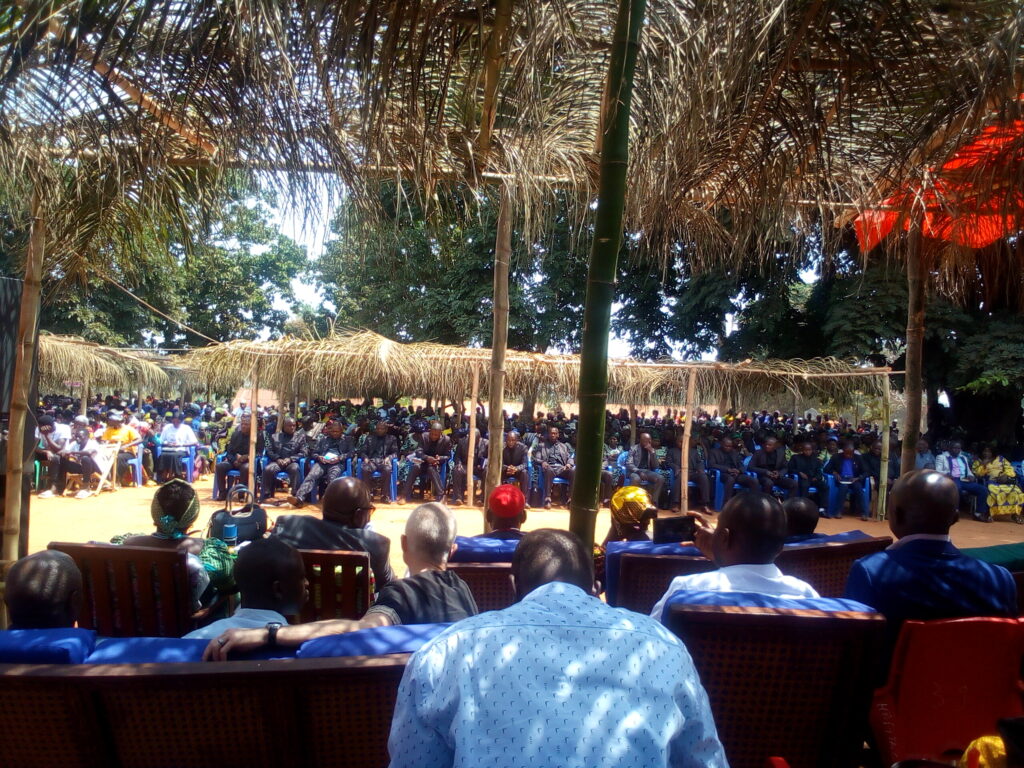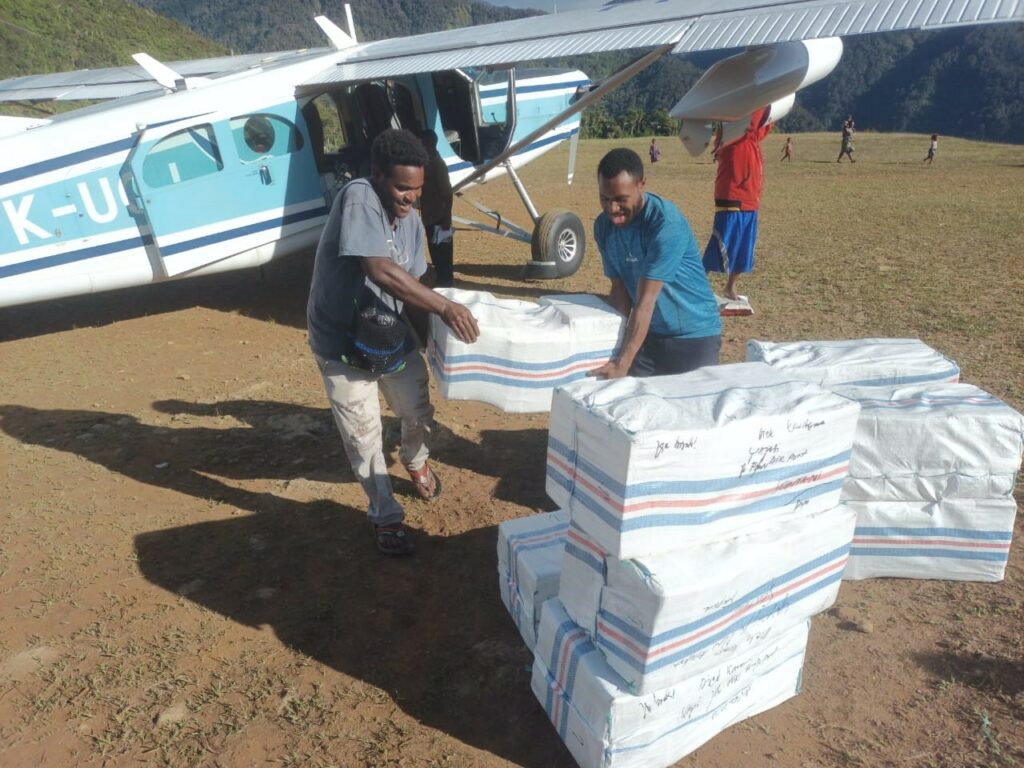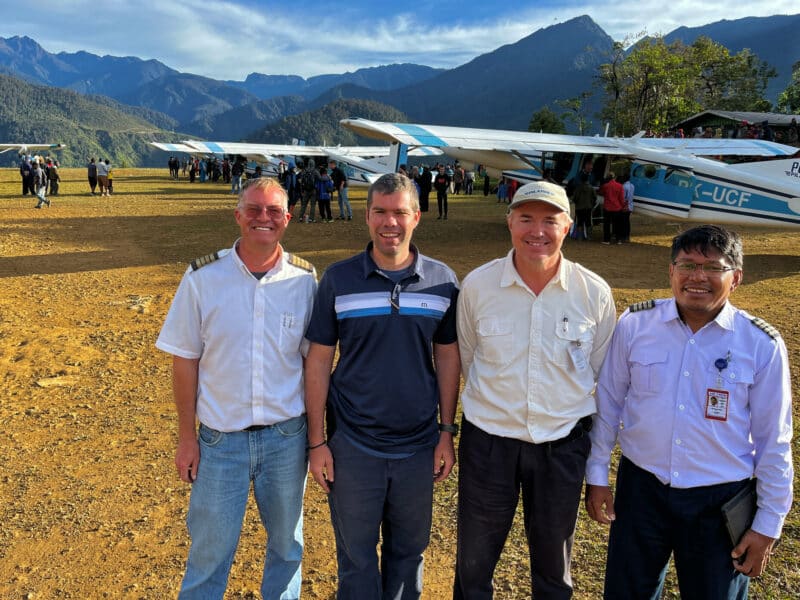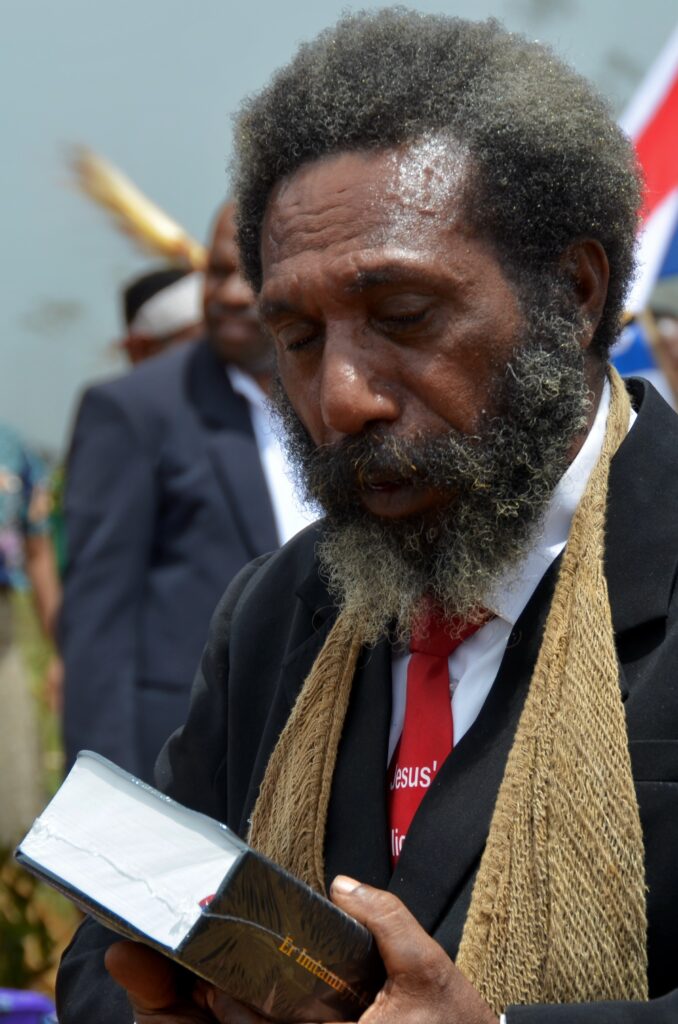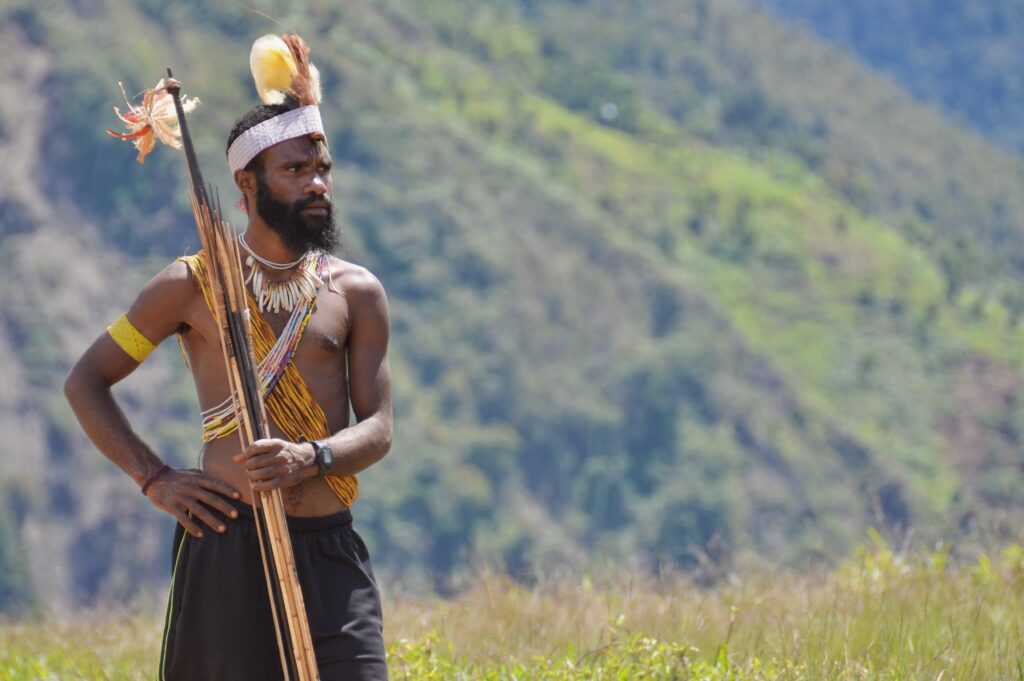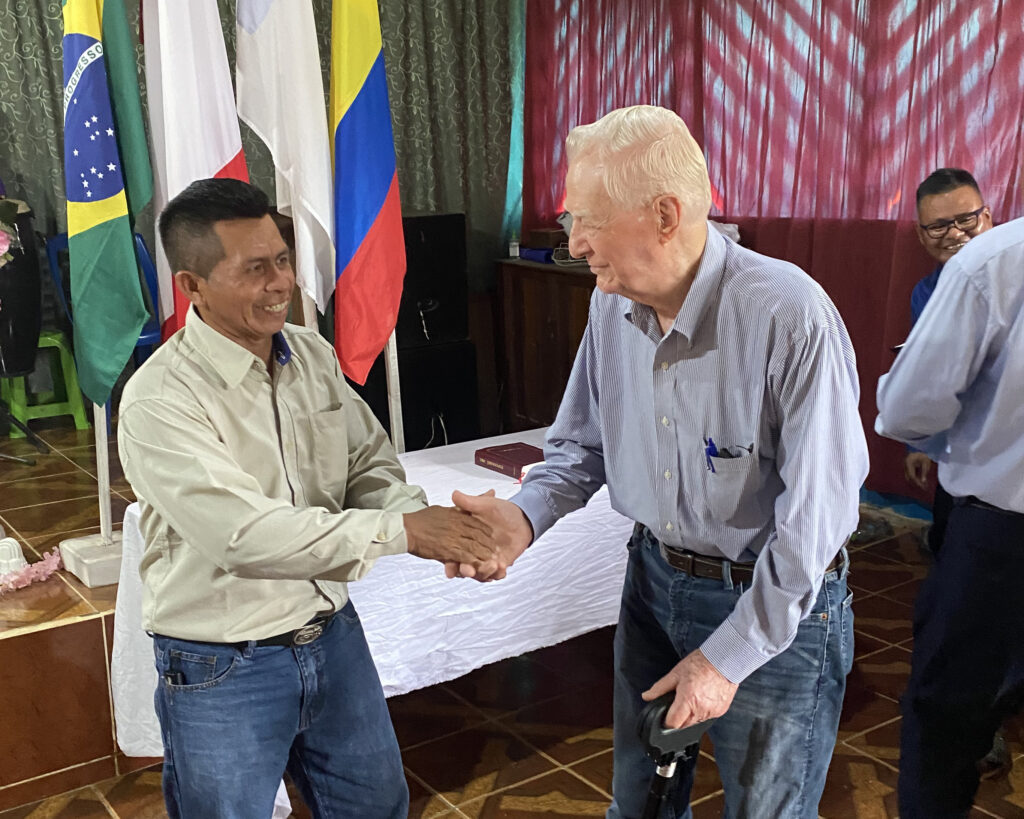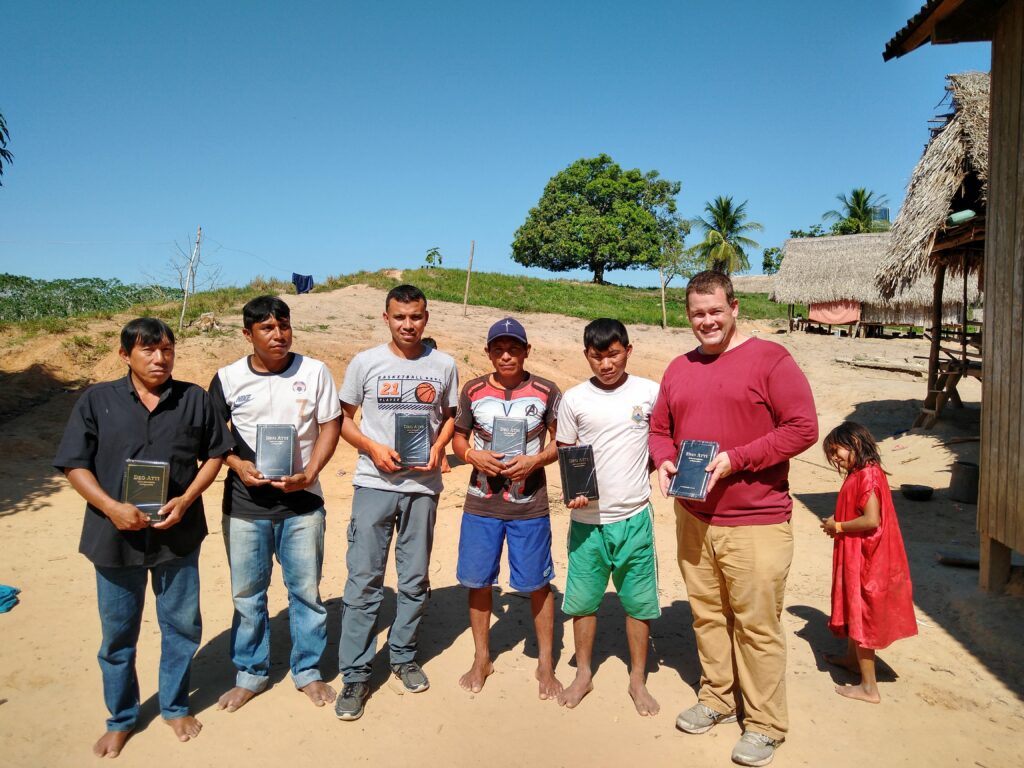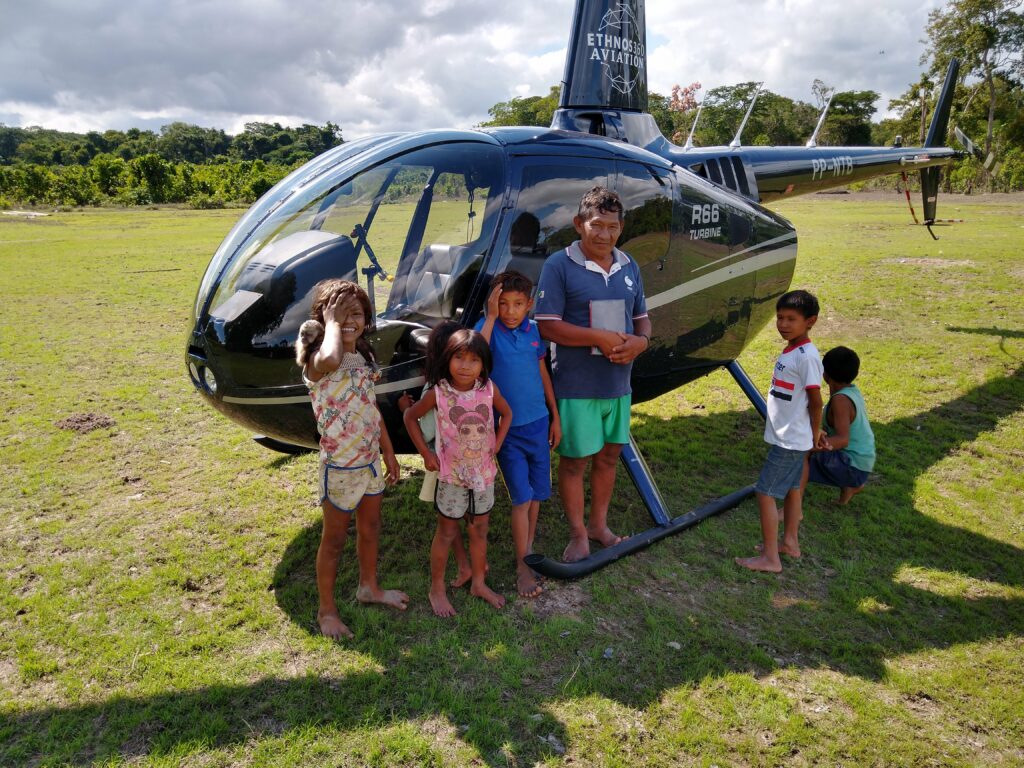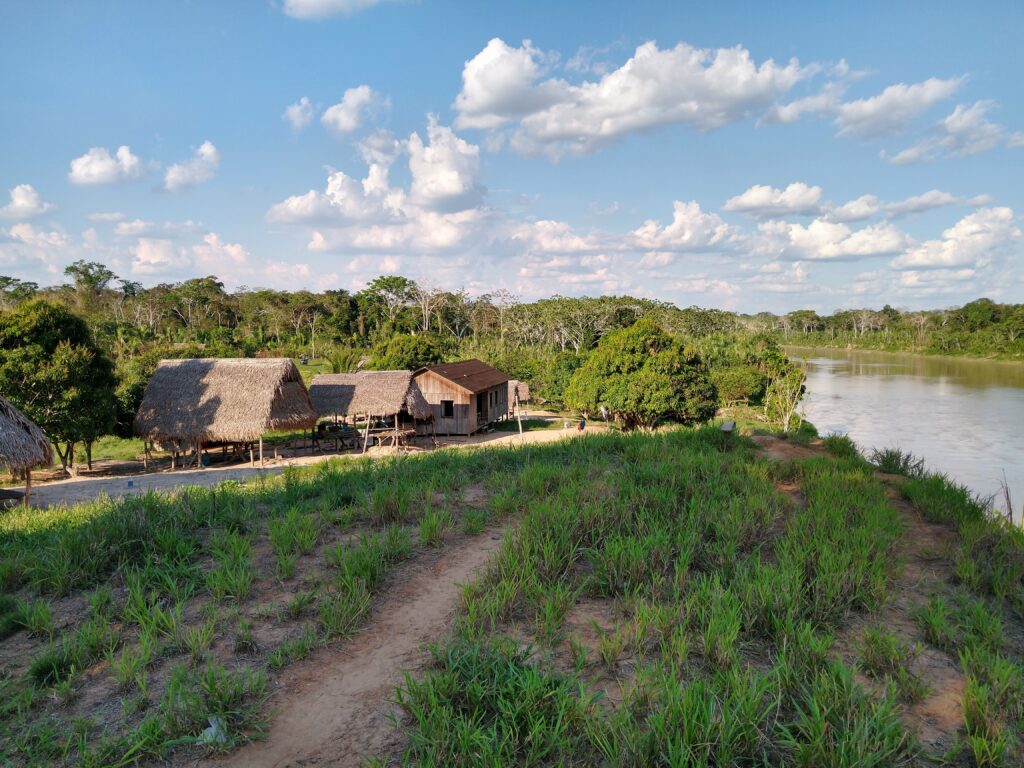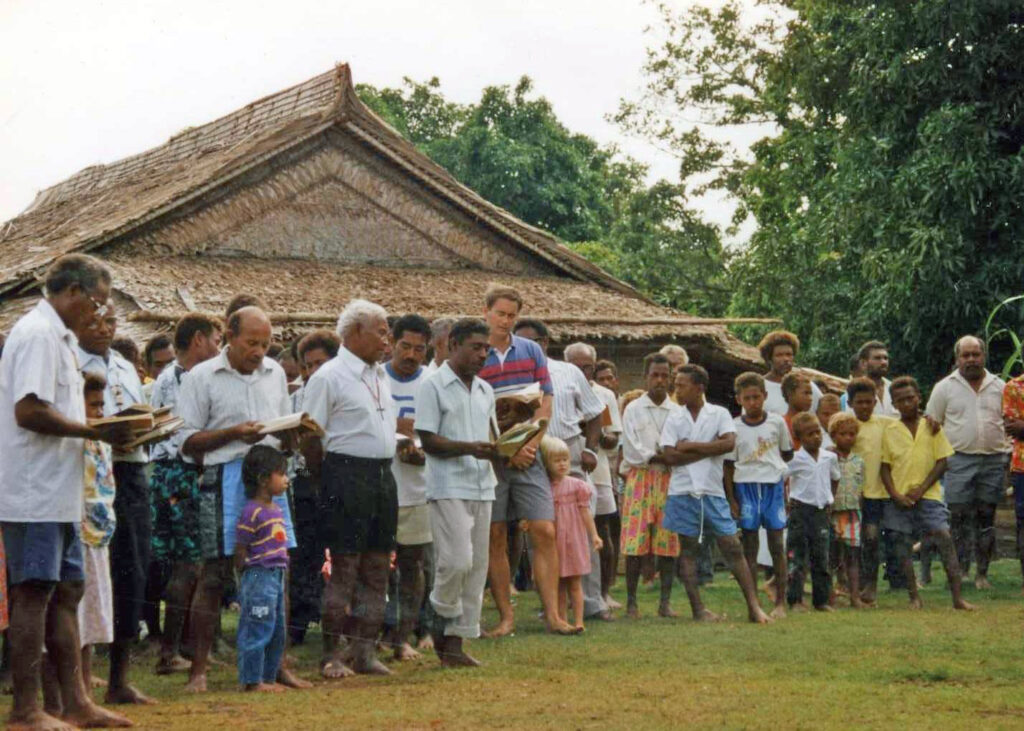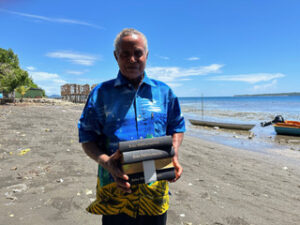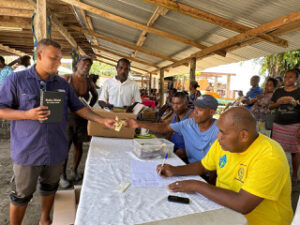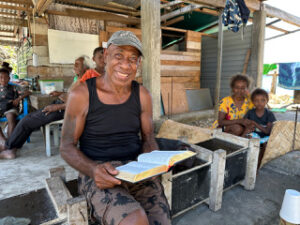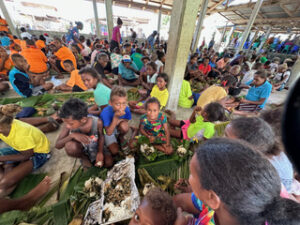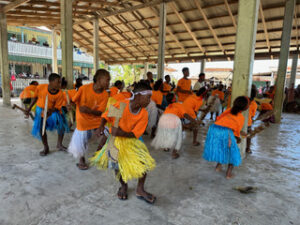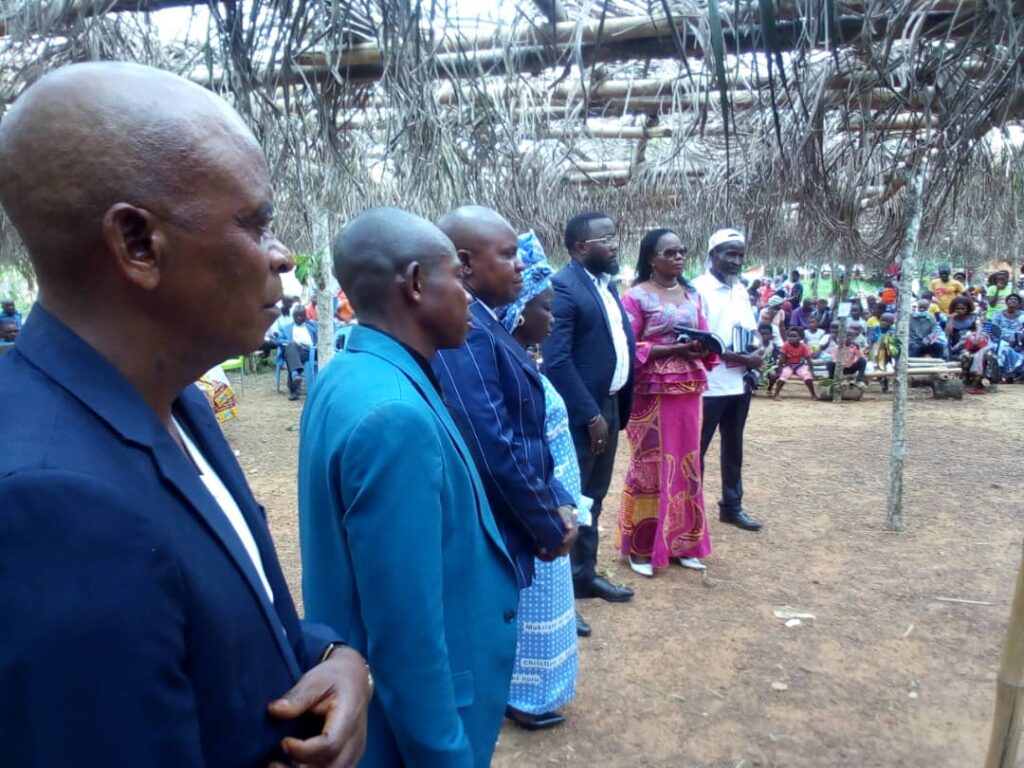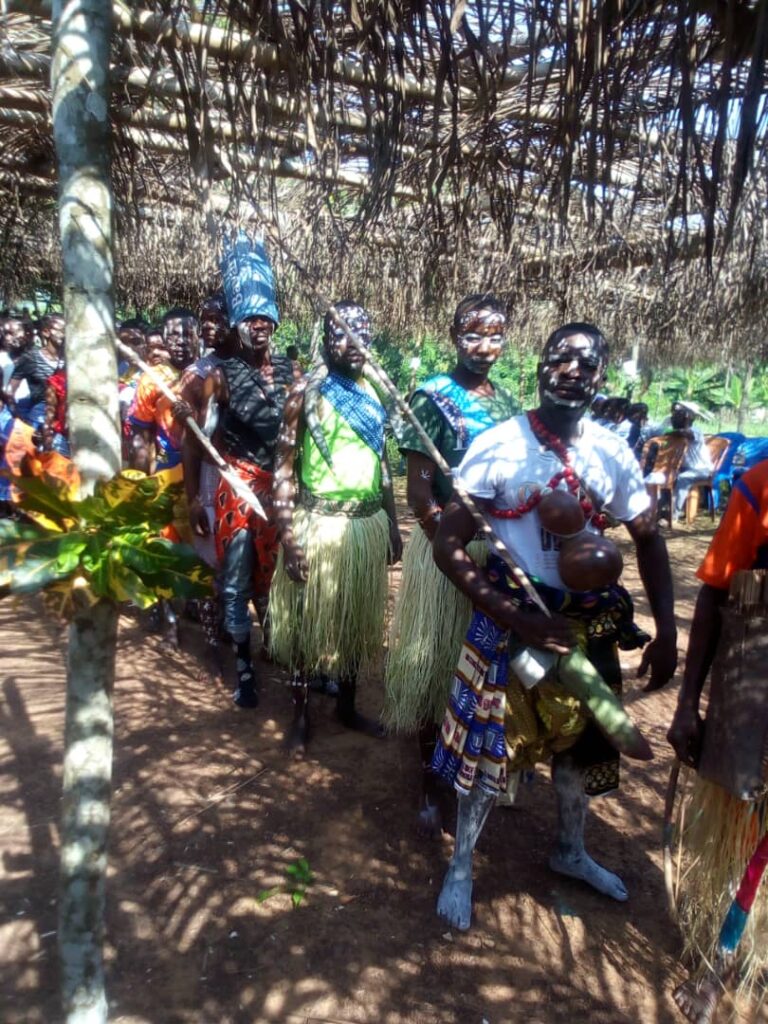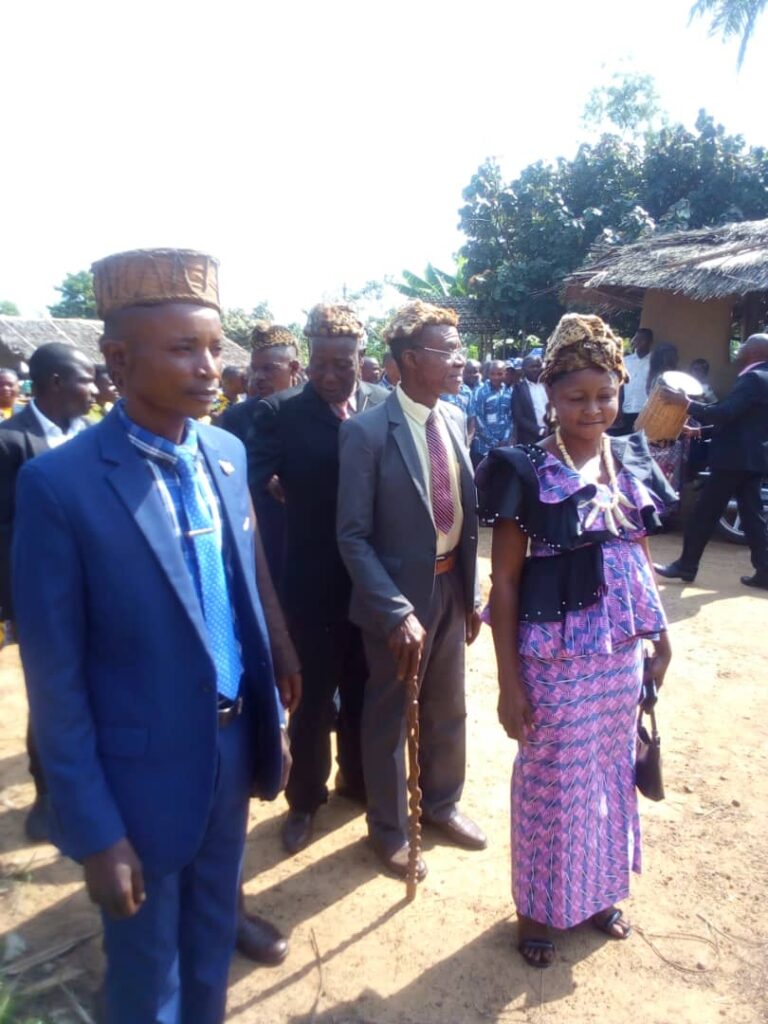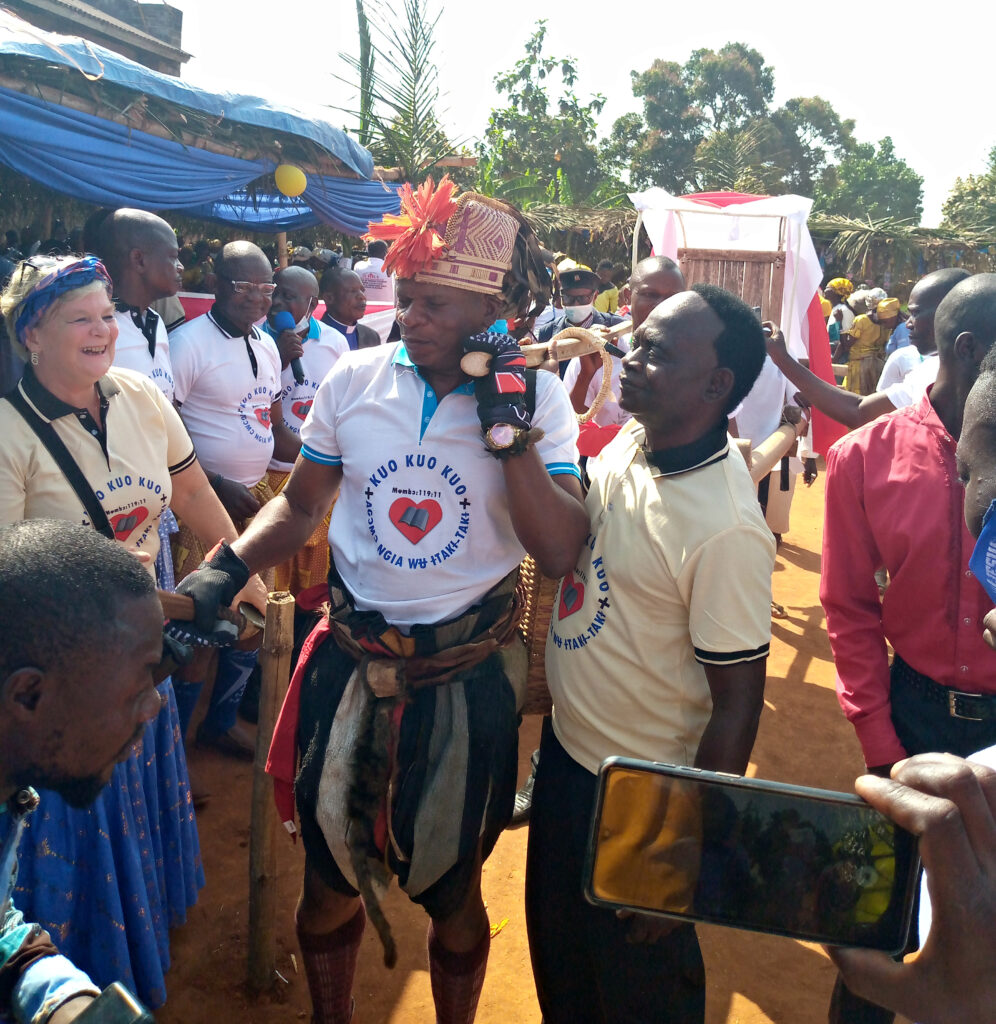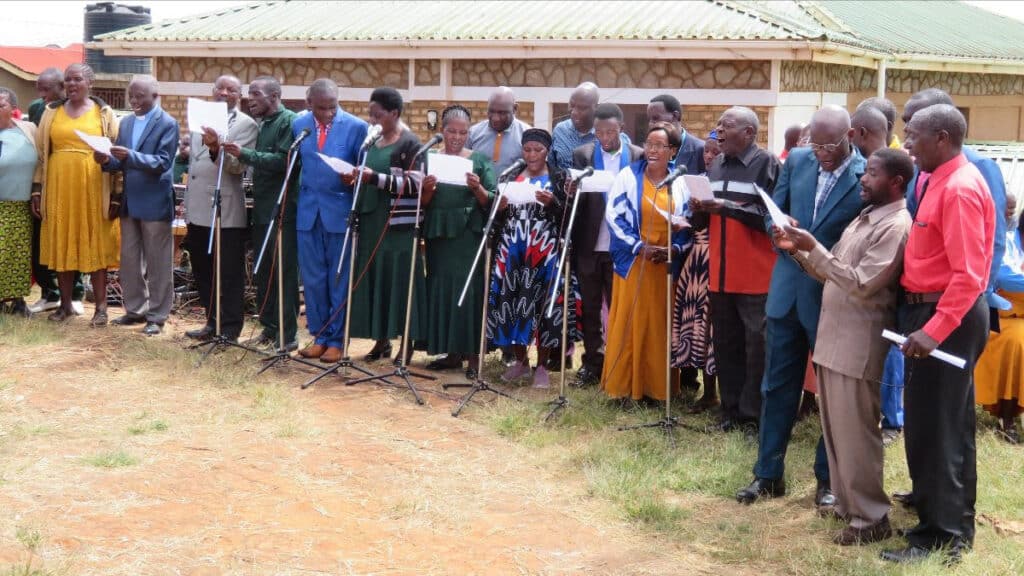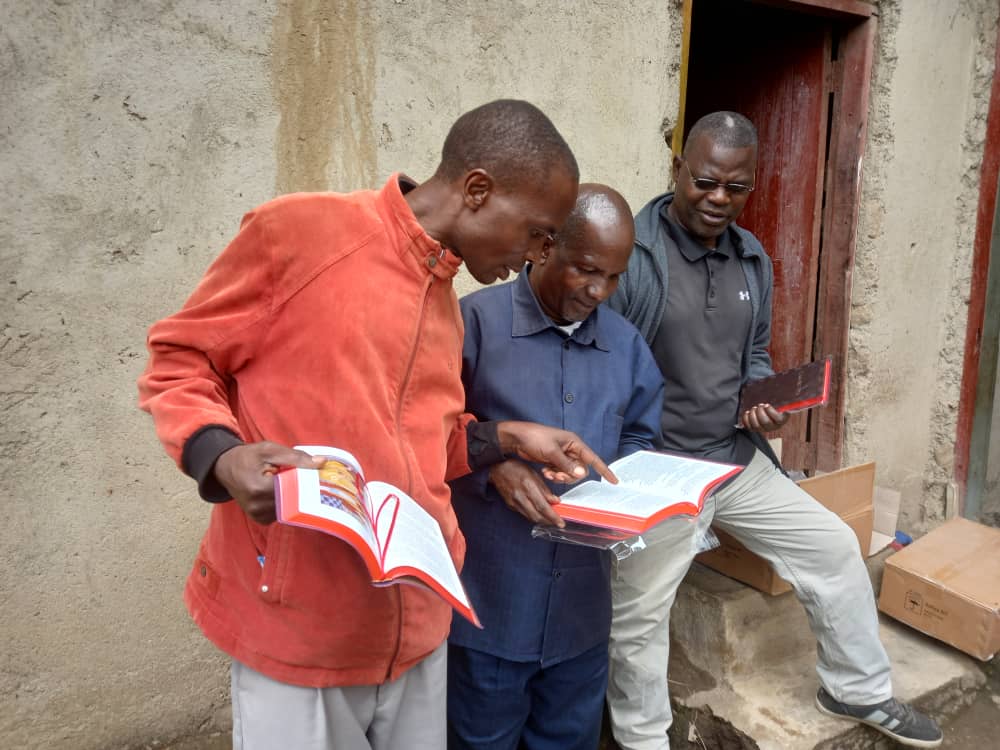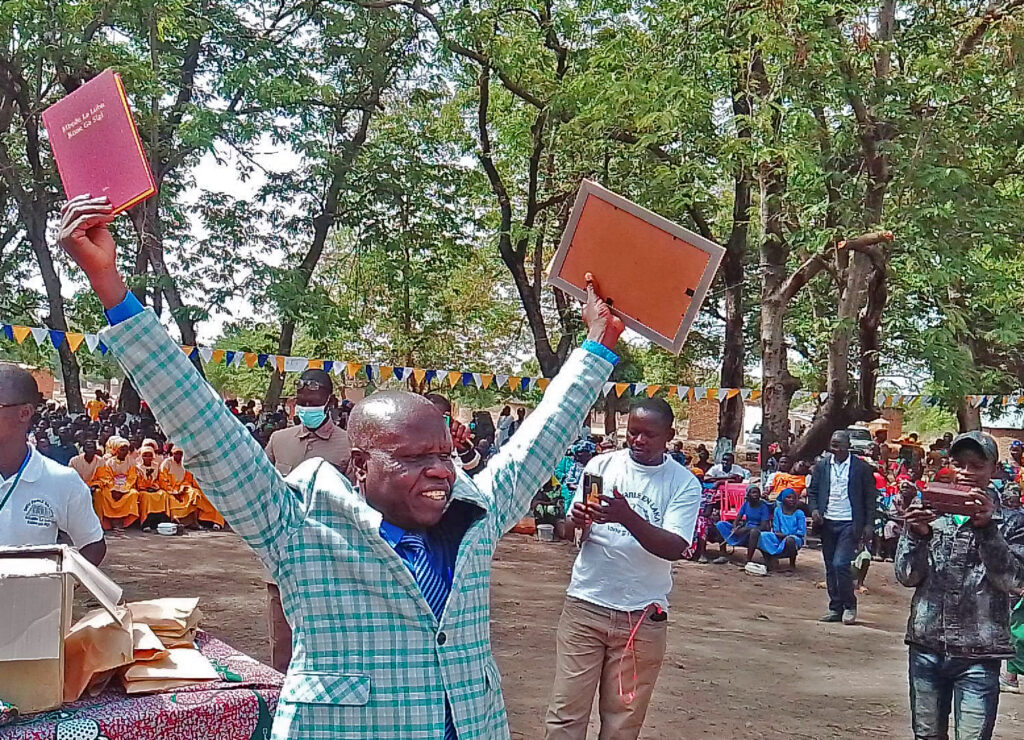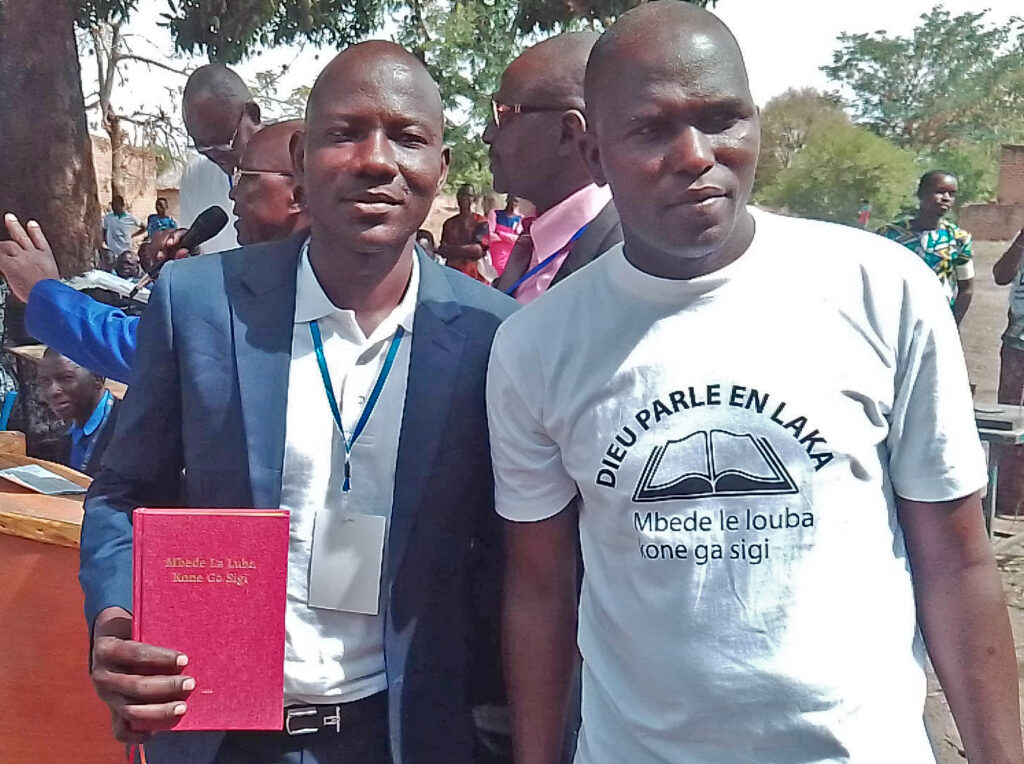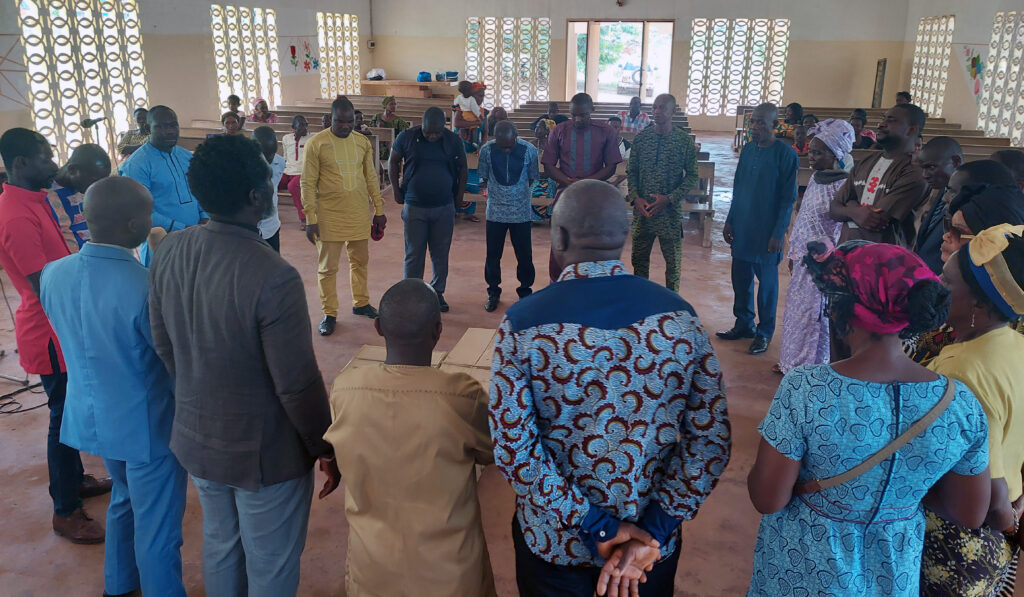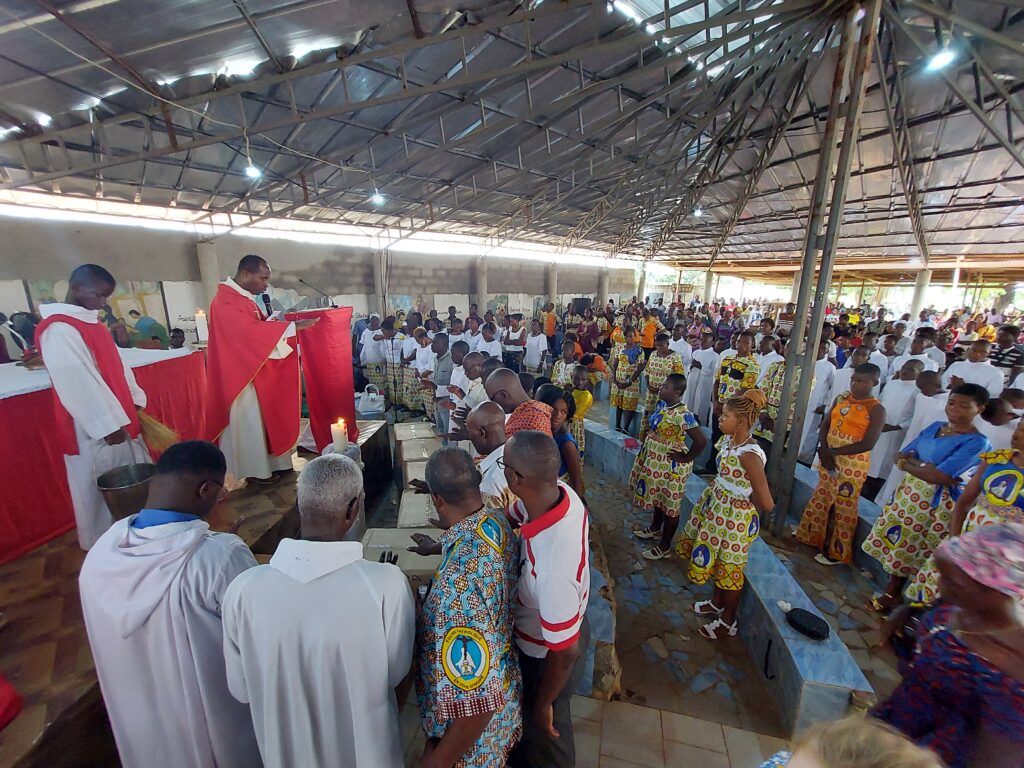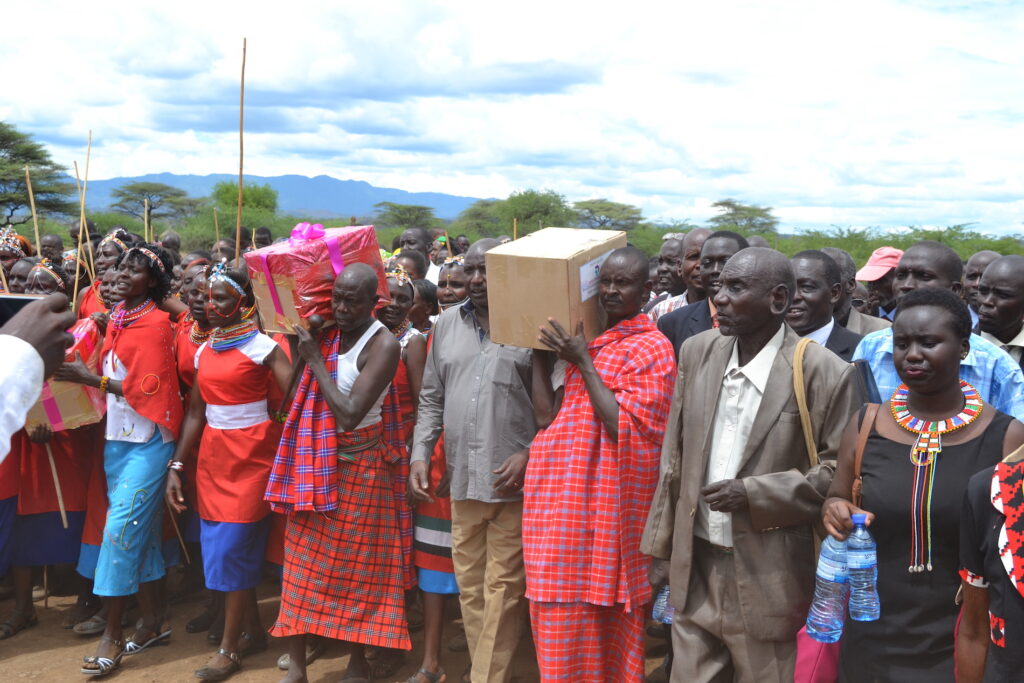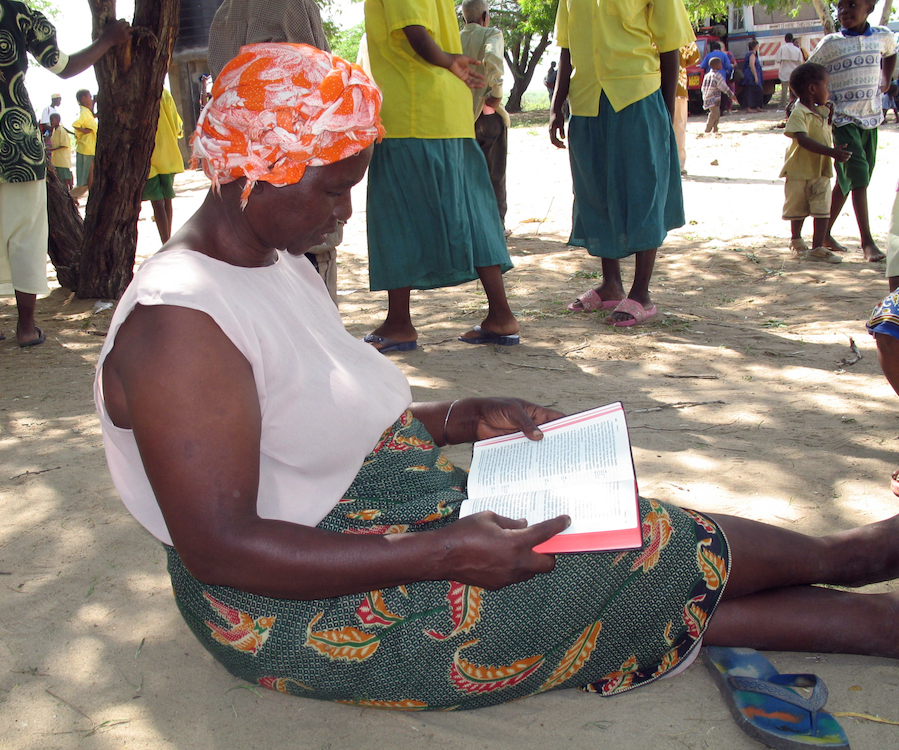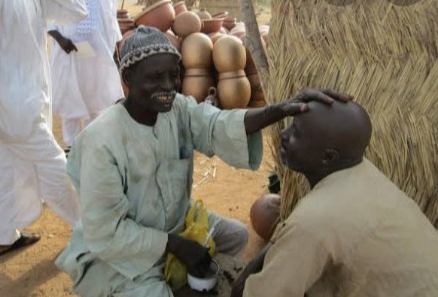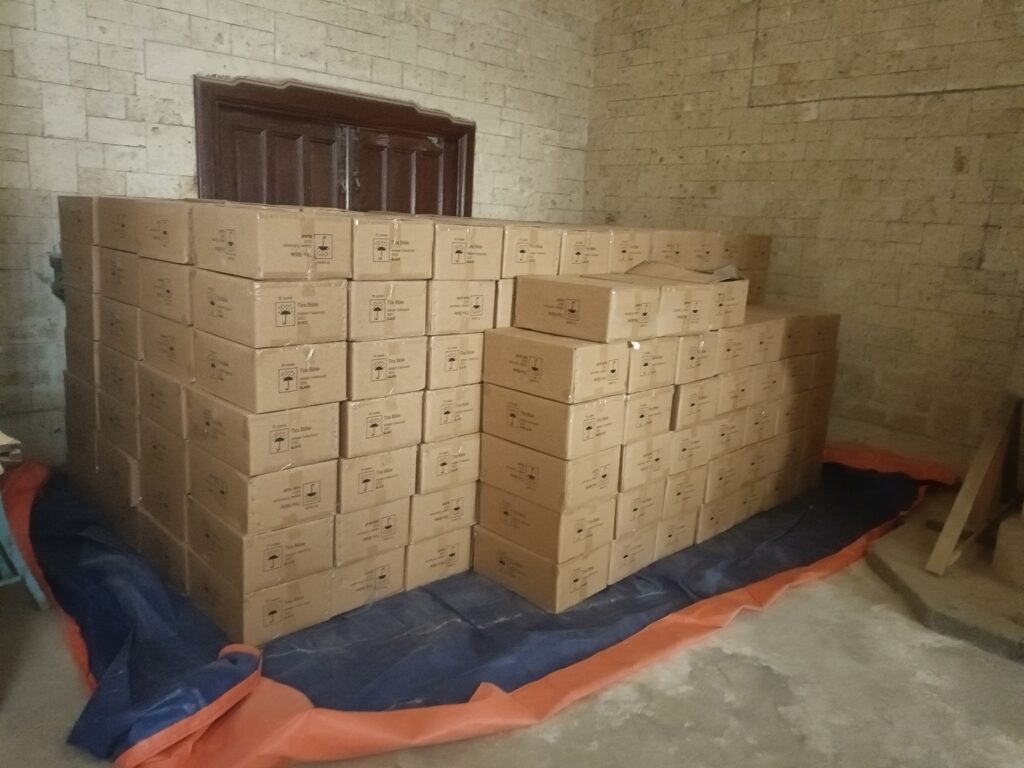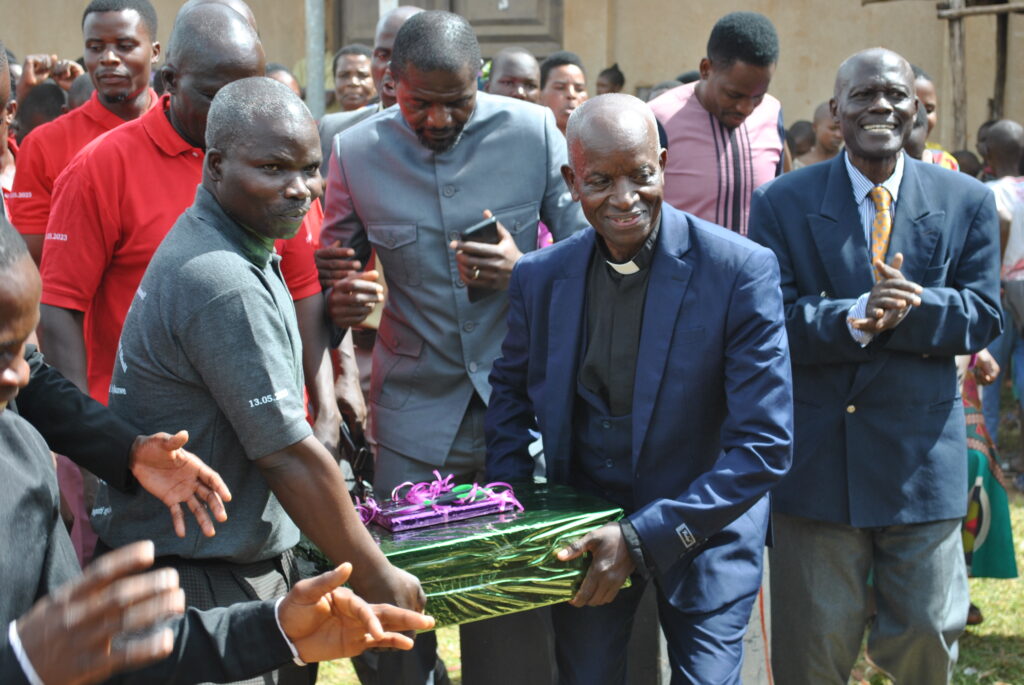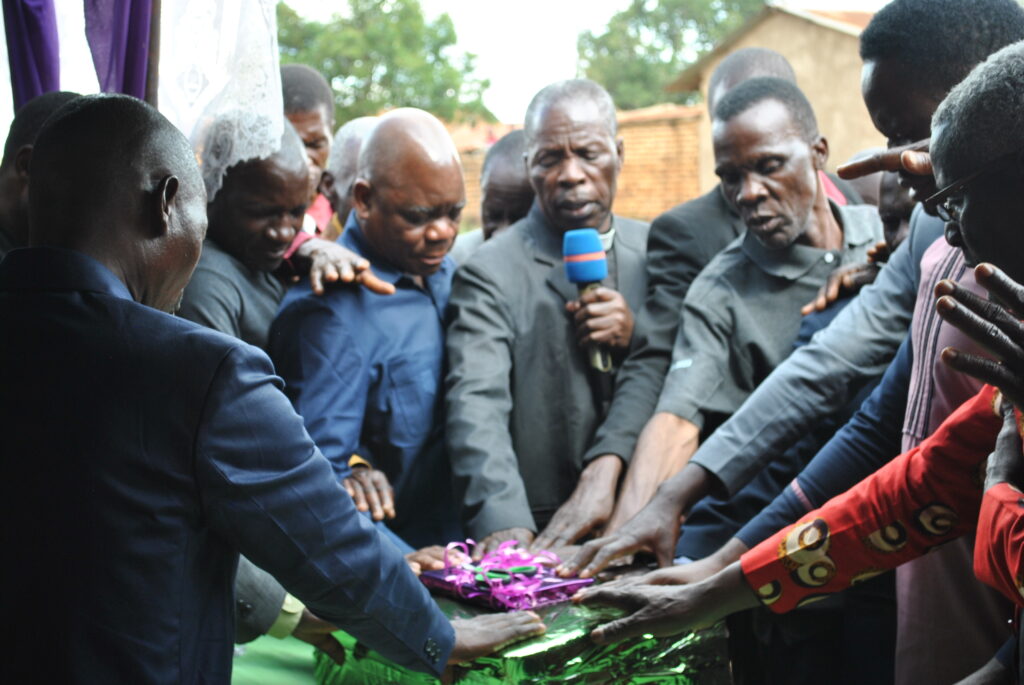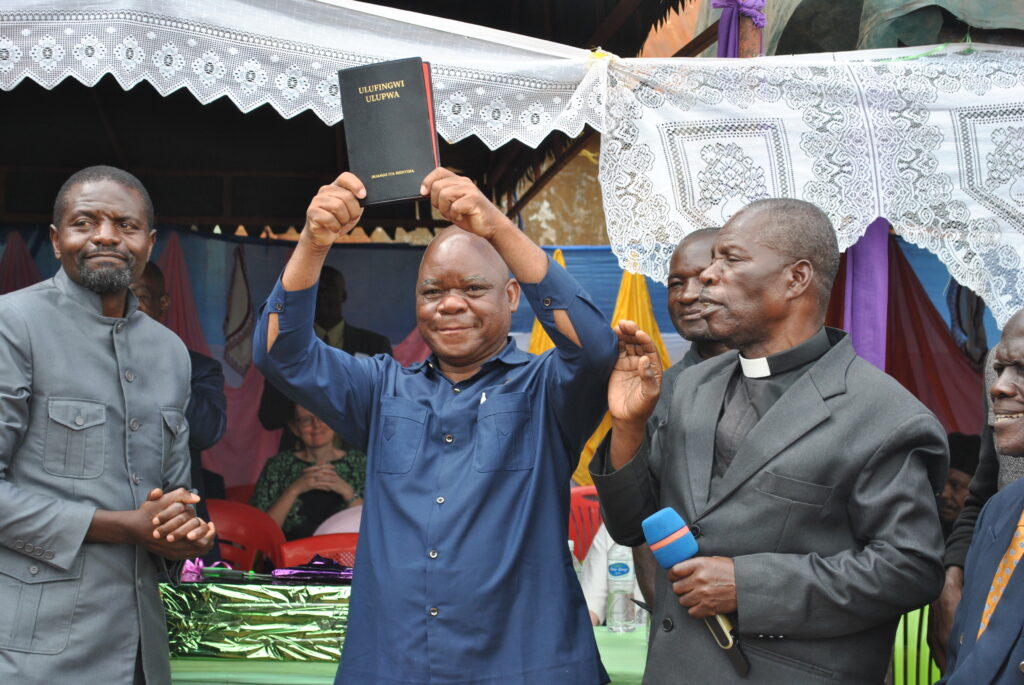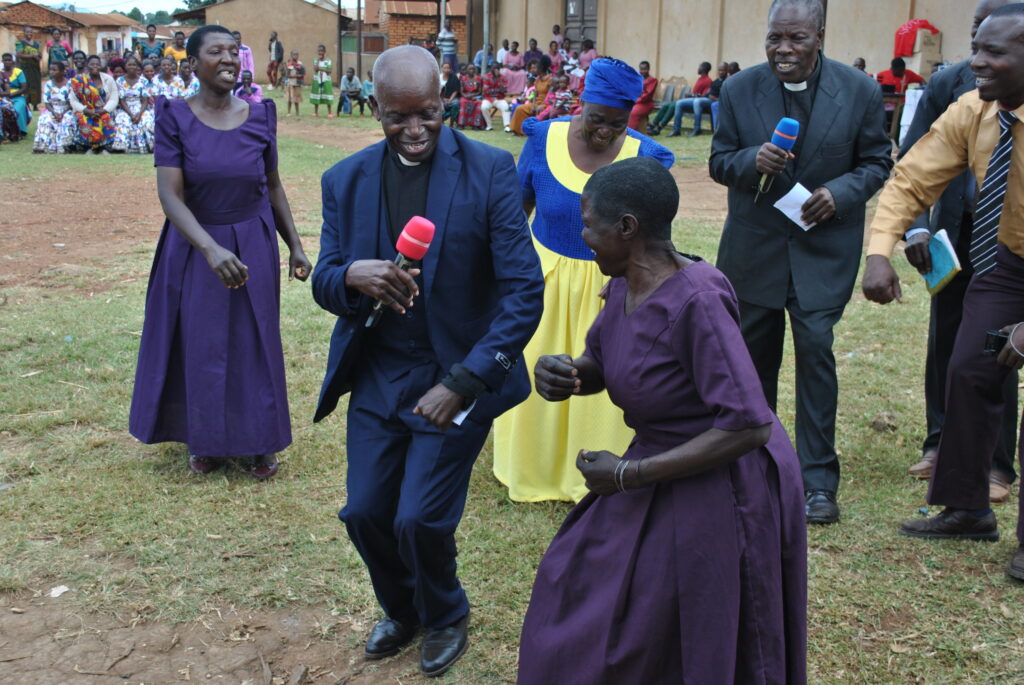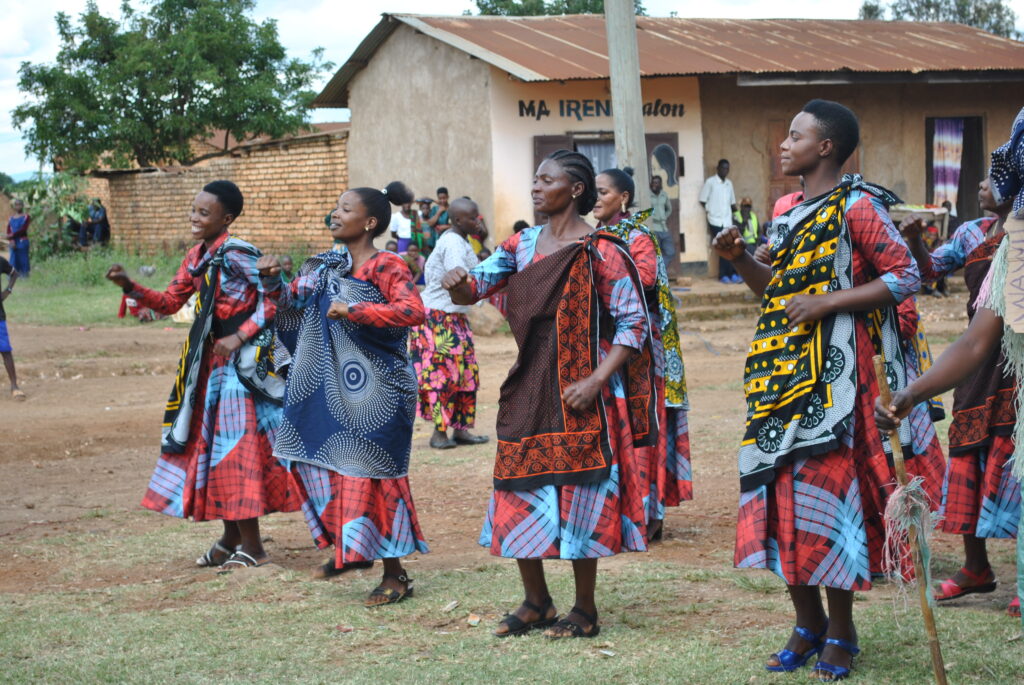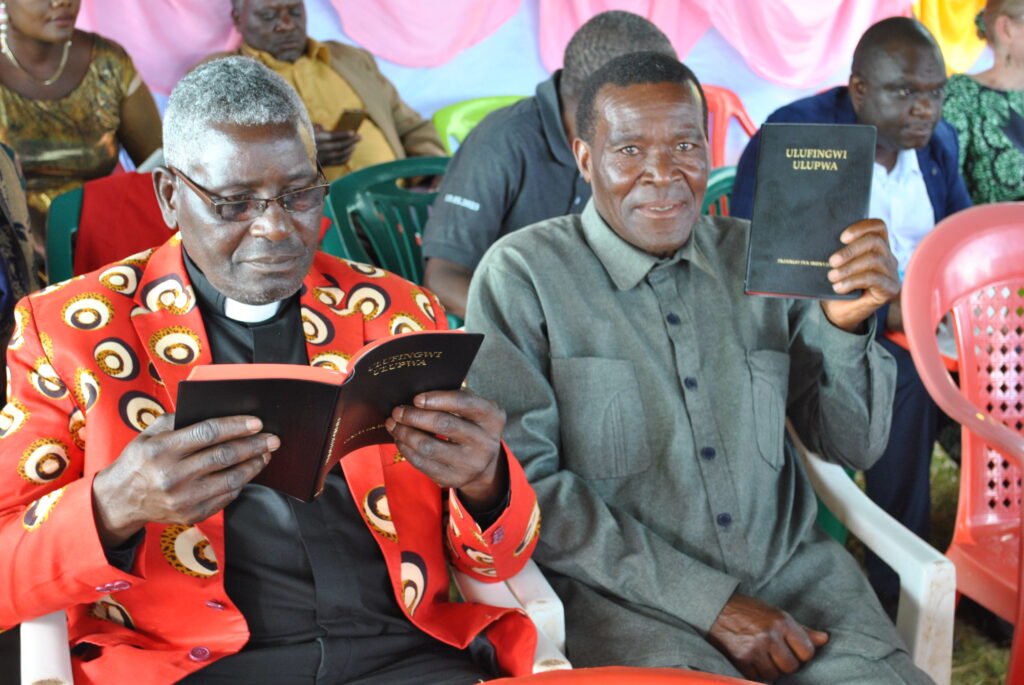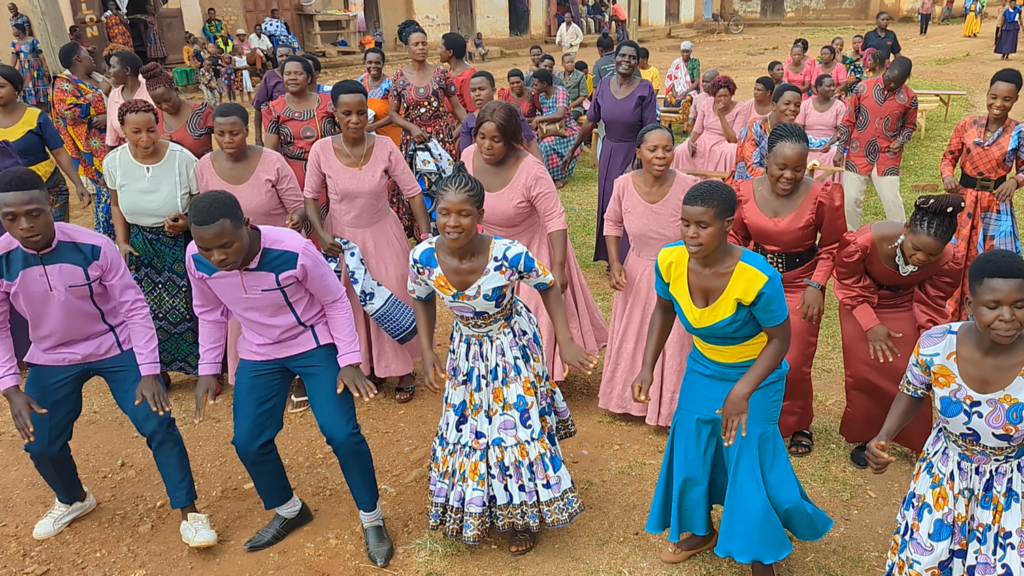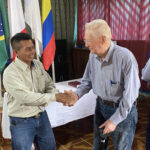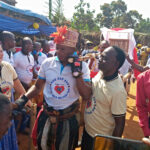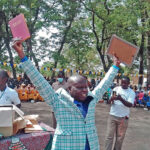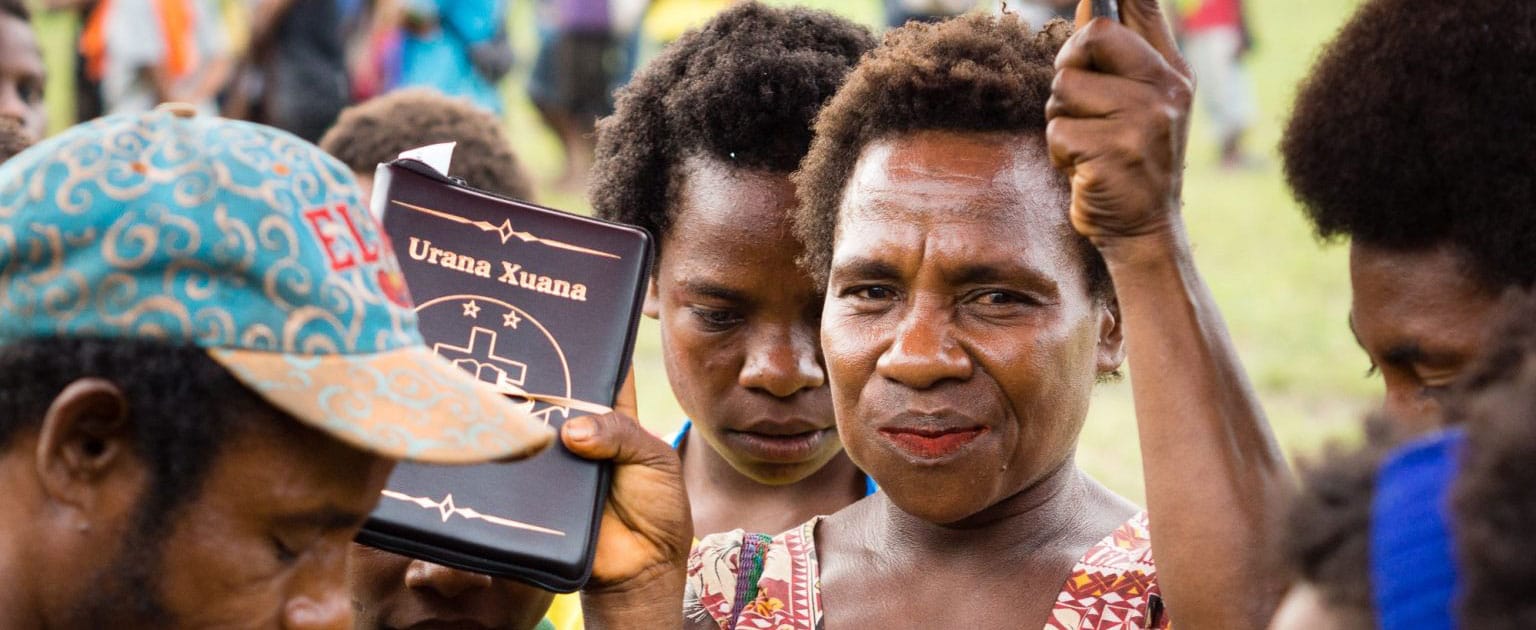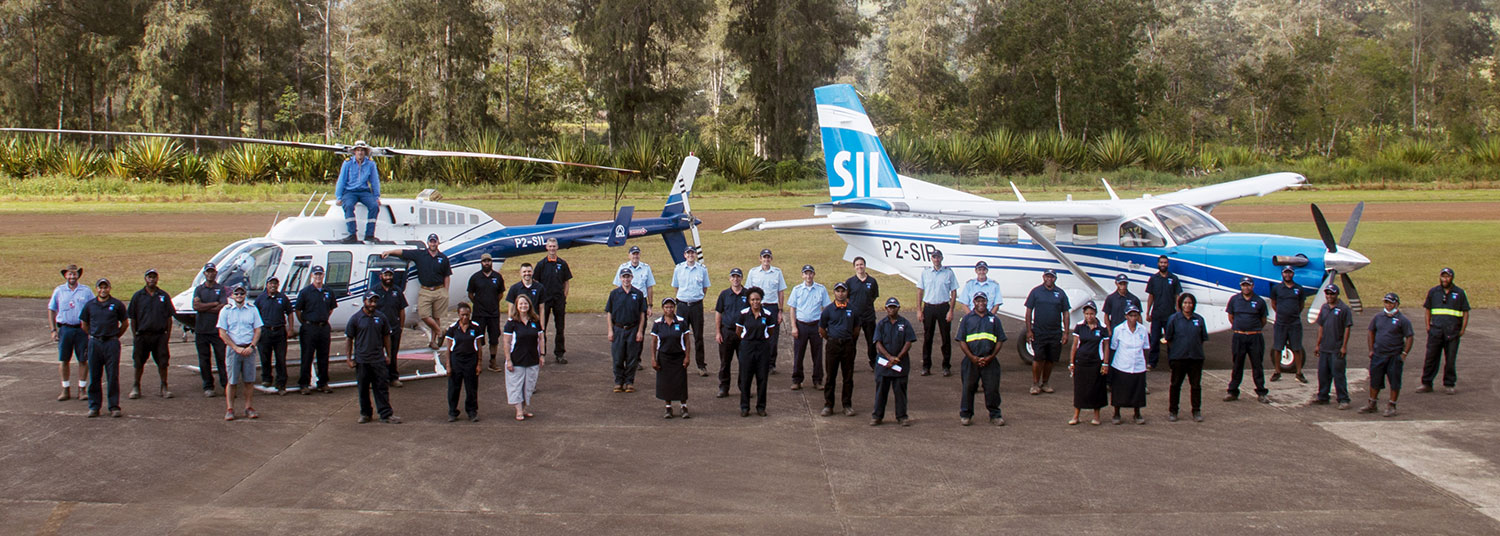Covering the Last Mile for Missionaries in PNG: Part 2
This is part two of the story about Garrett’s trip to reach the Nema people. Read about his dangerous trip via road.
The Need for Helicopters in Remote Locations
Many of the people in Papua New Guinea (PNG) who don’t yet have Scripture in their language, such as the Nema, can be reached only by helicopter in this land of rugged mountains and deep ravines. “It’s estimated [that] up to 80% of the new translation literacy programs in PNG will be helicopter allocations,” said Christopher Clark, a JAARS-trained pilot with SIL-PNG Aviation.
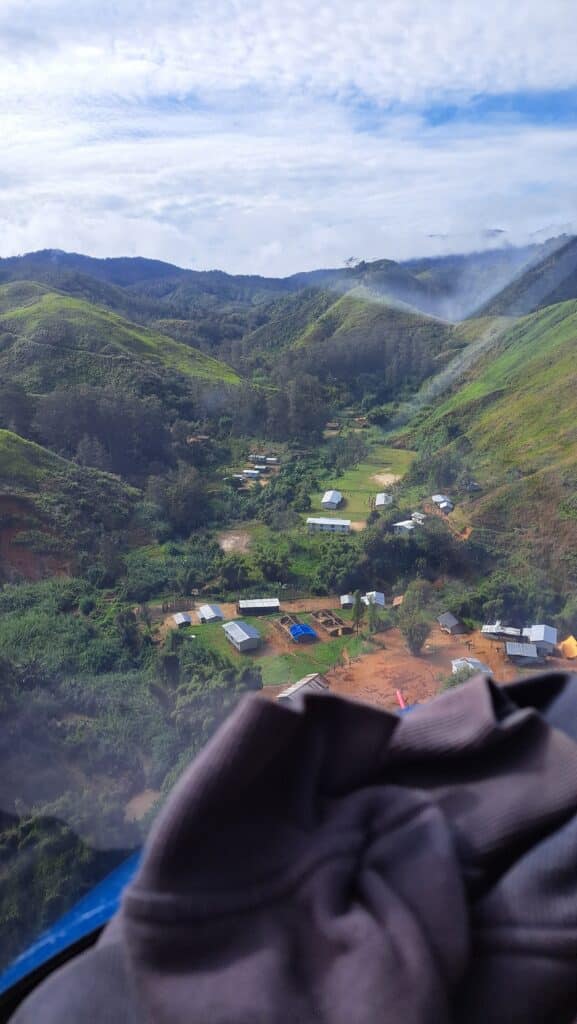
The Bell 206 helicopters in SIL-PNG Aviation’s fleet are powerful, versatile tools that can land in places that lack an airstrip. “There are a lot of really remote places up in the mountains or in the swamps or ridgelines where you can’t carve out an airstrip,” Christopher explained.
But SIL-PNG Aviation has had a shortage of helicopter pilots for several years, making it difficult to serve missionaries such as Garrett and Leah Harrison who need to cover “the last mile.” The aviation department needs five helicopter pilots to keep its two helicopters busy, but it recently has had only two full-time pilots and one half-time pilot.
Christopher, seeing the great need for field-experienced pilots in the PNG helicopter program, knowing the ability of JAARS to provide the training, and receiving support from many people, decided after 19 years of flying fixed-wing aircraft in PNG to transition to flying helicopters.
Helicopter Training: High Standards and Good Experience
In 2022 and 2023, Christopher trained at JAARS to make this transition. One reason that he wanted to receive this training at JAARS was its high quality: “I knew they were going to use high standards.”
The JAARS aviation training team was also able to fit the training into Christopher’s short stay here in the States. His instructors and the training staff had built scenarios and training aids into their curriculum based on normal operational life in PNG and other overseas operations. This expertise and experience helps pilots prepare to fly in these remote locations as safely as possible. “The JAARS training laid a great foundation,” Christopher said.
He also practiced using the JAARS FlightSpan™ software, which is an electronic flight bag. “It was really good to get that experience at JAARS in a lower-pressure training environment. [That knowledge] transitioned really well into what we’re doing here.”
Christopher returned to PNG in June, where the SIL-PNG Aviation team built on the foundation of his JAARS helicopter training.
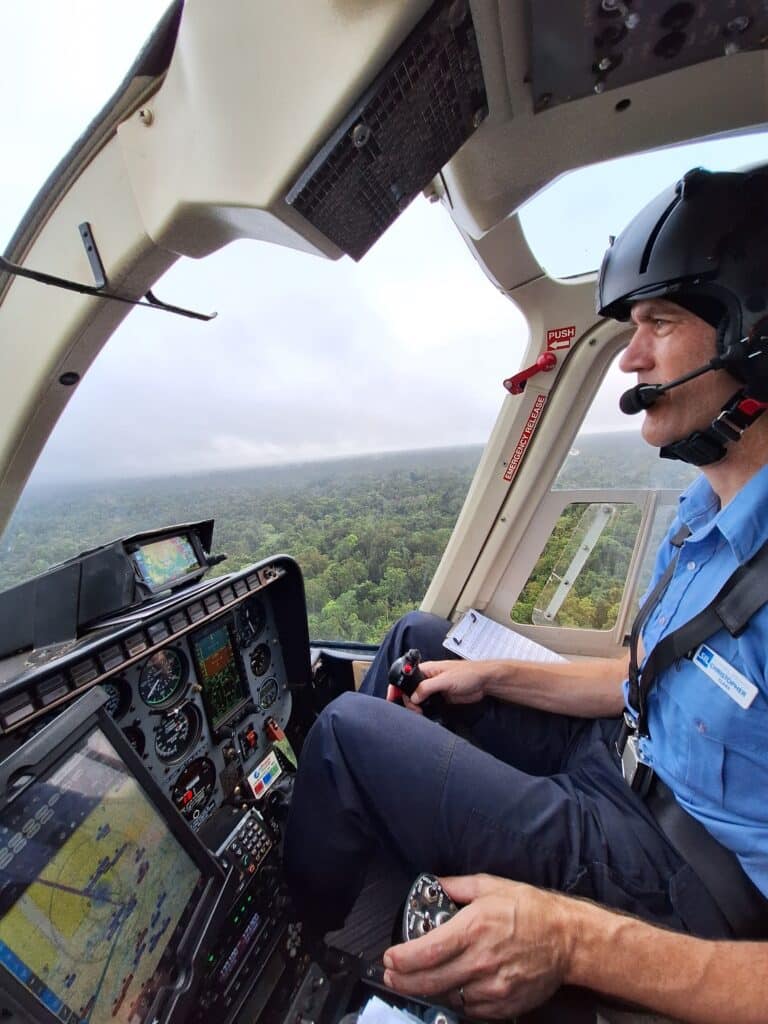
For several months, he flew with his PNG instructor, Robert Handasyde, to learn what it is like flying helicopters there, and he practiced a lot under Robert’s watchful eye. Christopher has already flown solo into “easier” spots—though they’re still difficult compared with flying almost anywhere else! His first operational solo flight to a village was in early November, when he covered the last mile for a missionary to help her set up her house in the remote area where she serves.
As he gains experience and competence, Christopher will fly to more difficult places: those with higher-altitude landing zones and tighter helipads. He will also perform sling and medevac operations, which require higher precision.
Covering the Last Mile for Missionaries
He’ll also be able to safely and quickly take the Harrisons up to the Nema people in the Finisterre Mountains. He has already gotten them there safely while flying with Robert so that the Harrisons could continue learning the language–the vital beginning of delivering God’s Word to the Nema people.
The Finisterre Mountains, like a giant’s crown, thrust up to the sky north of the city of Lae. “There is a road—[more like a] four-wheel-drive dirt track—that sometimes is open, depending on how much rain and mud there is,” Christopher said. He was able to fly Leah and Garrett to the village of Kokosan in 30 minutes, saving them from trying to drive the winding road in rainy and muddy conditions. They probably wouldn’t have been able to safely cross the rain-swollen rivers.
Christopher landed on one of the only flat spots: a piece of the basketball court/soccer/rugby field that more resembled a mud pit. In Kokosan, the Harrisons completed their tasks: looking through a book that gives an overview of the gospel in the trade language of Tok Pisin with interested children and with the newly appointed mother-tongue translators. They also showed the video version of the book to the community and began to train the translators in translation principles.
Because of Christopher’s training at JAARS, the Harrisons, along with other co-laborers in Christ, can safely reach the isolated people in Papua New Guinea who need God’s love.
You can provide the well-trained pilots and maintenance specialists who are necessary to share the gospel in these remote locations by giving to the JAARS Missionary Launch Fund. Your gifts will put people on the ground—and keep them there—sooner and for longer.

